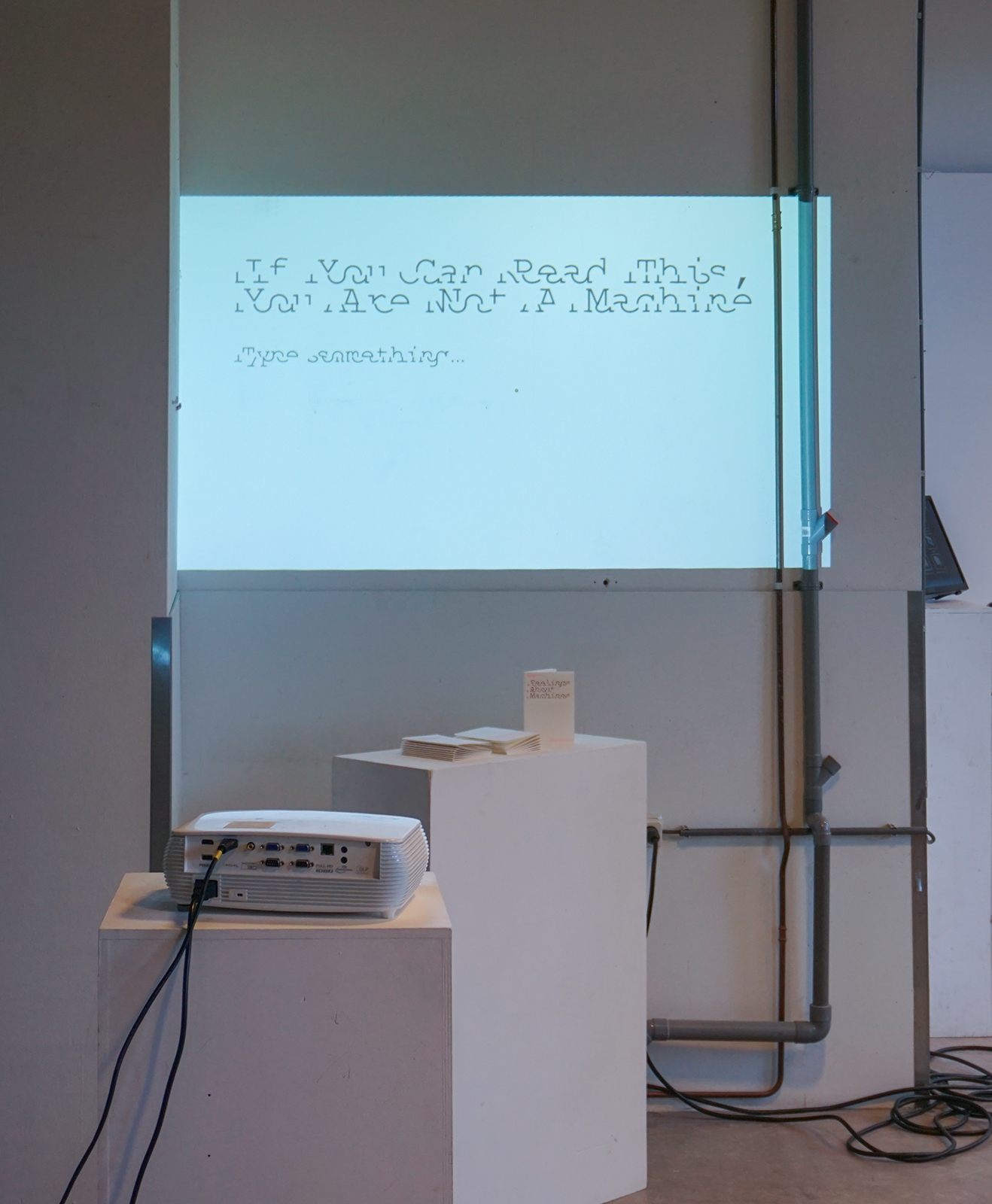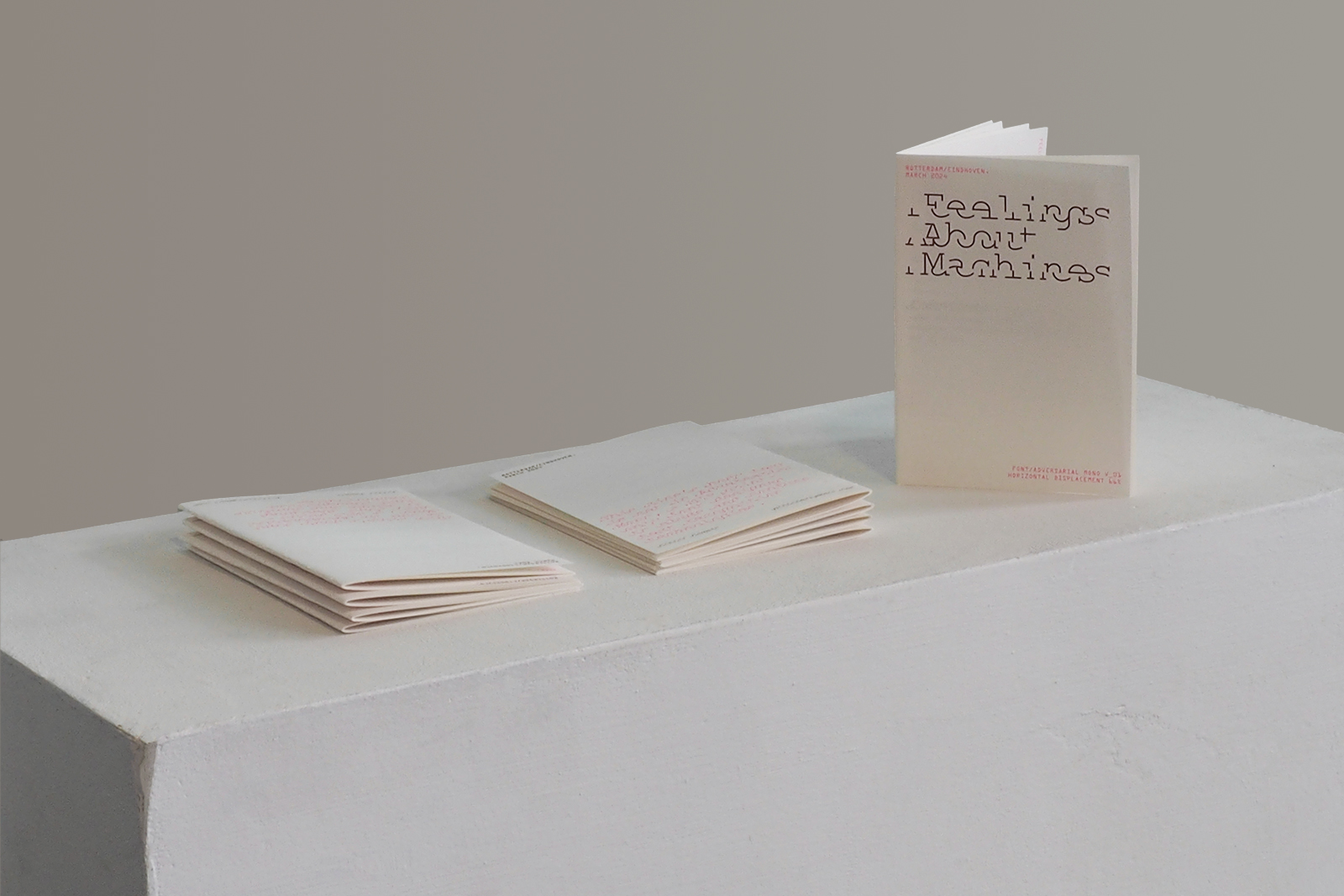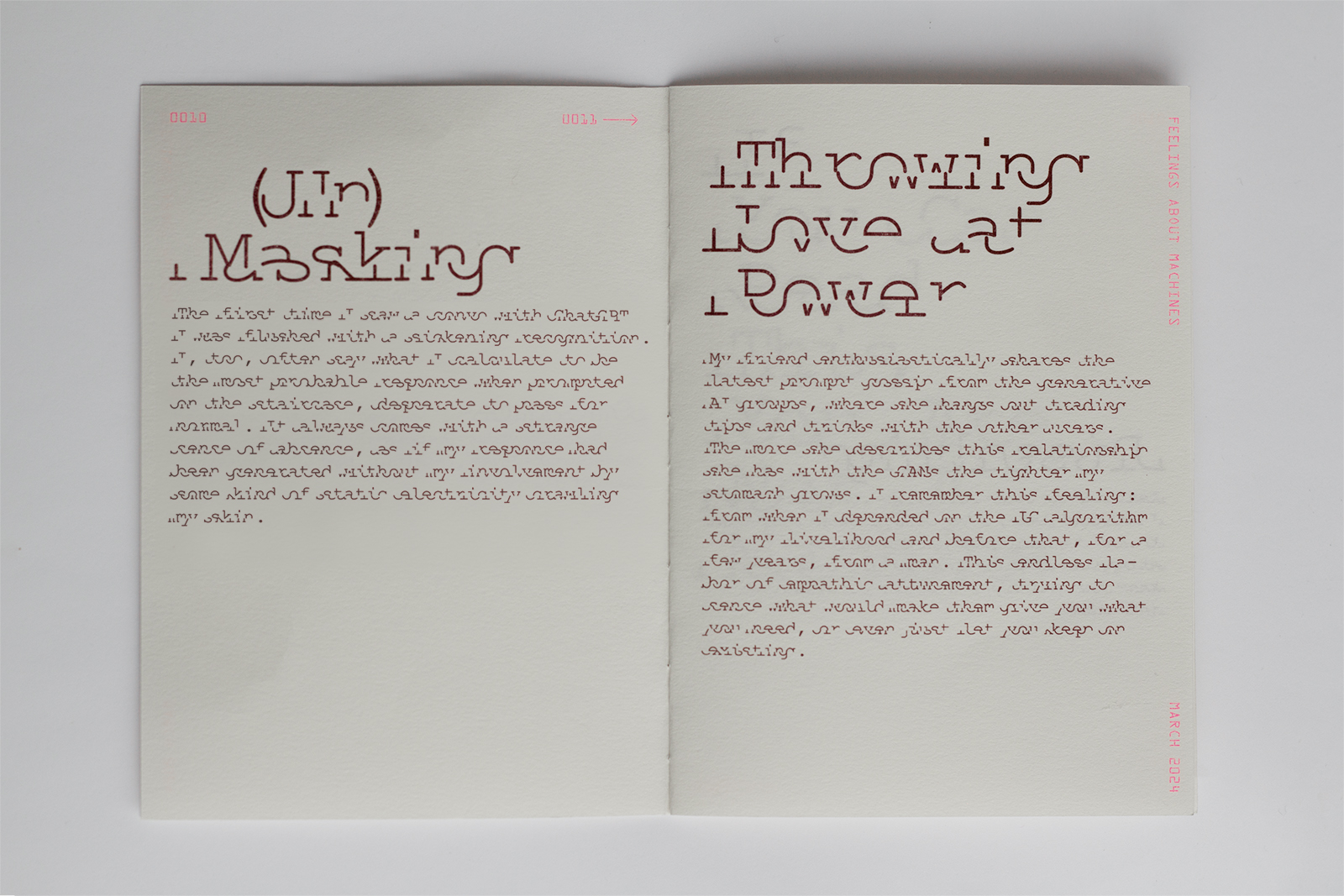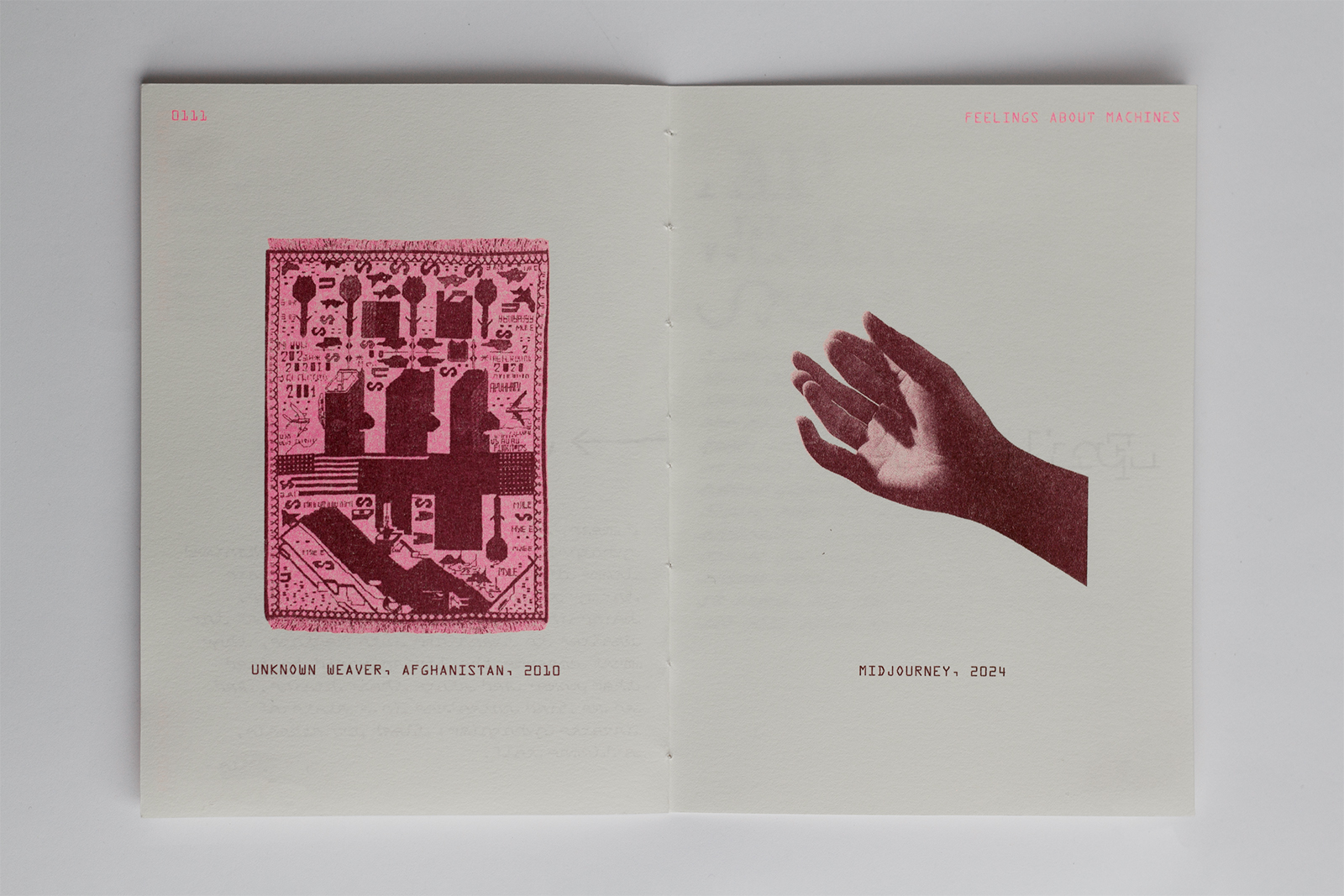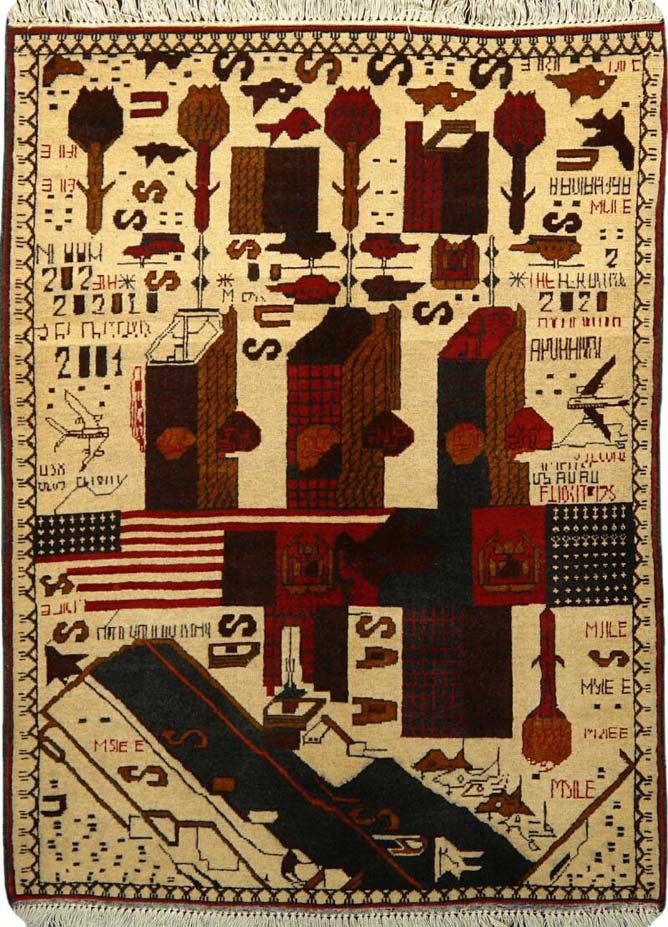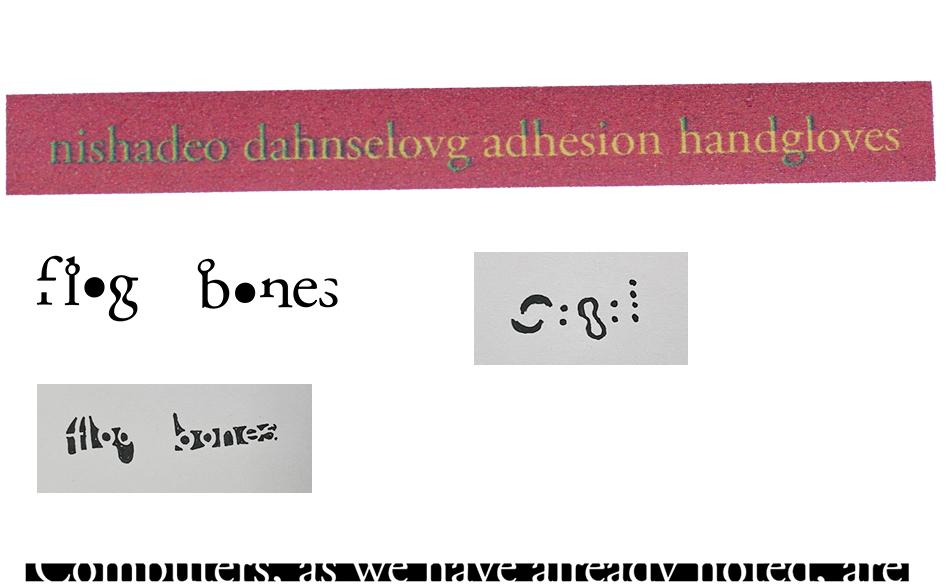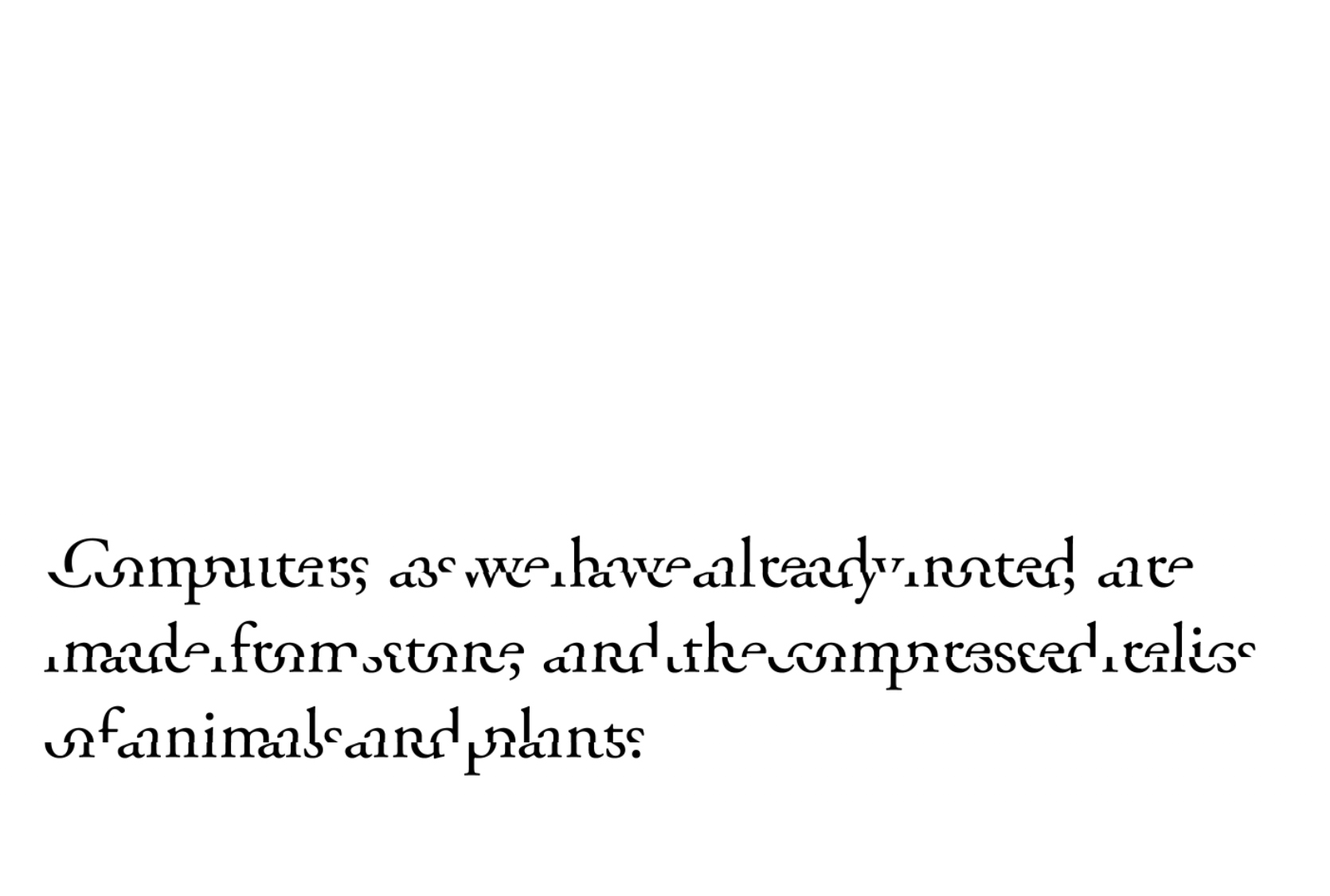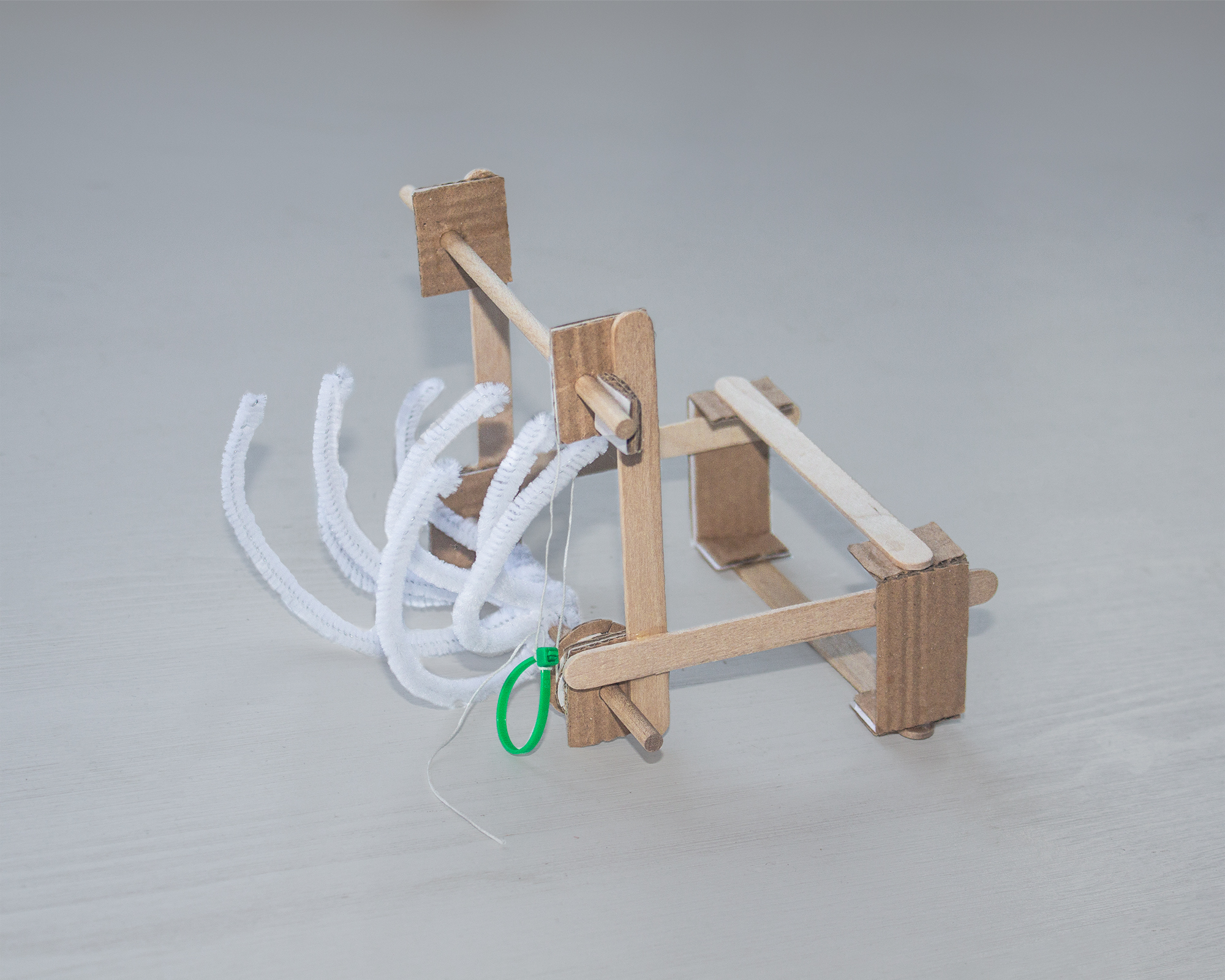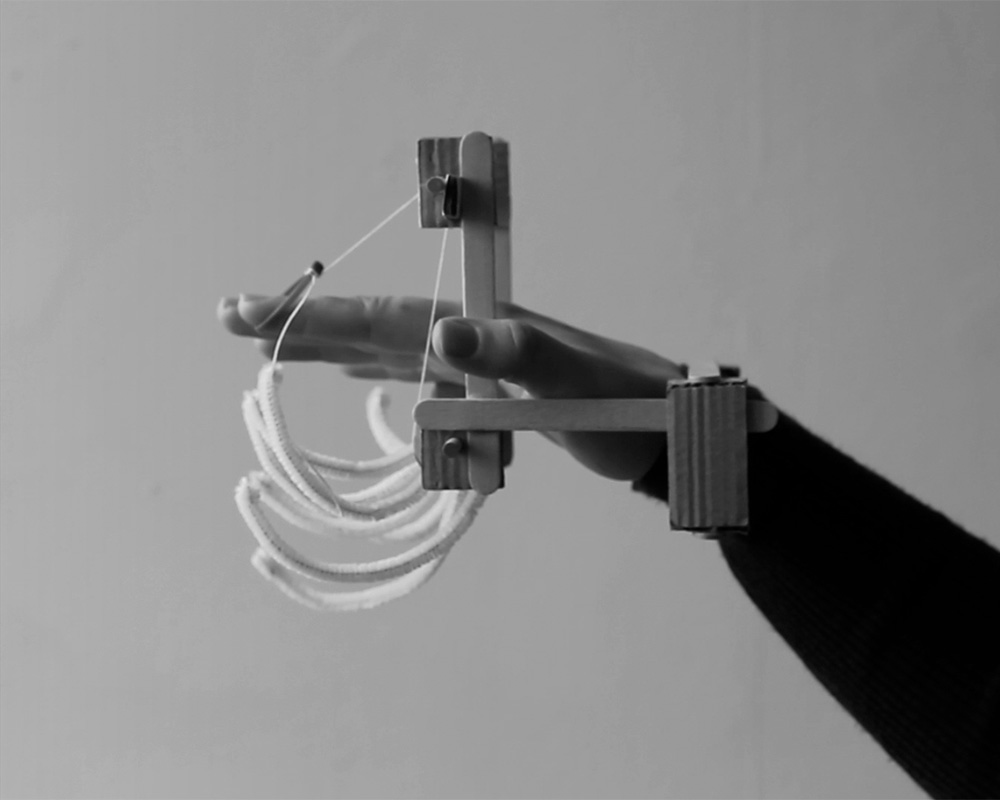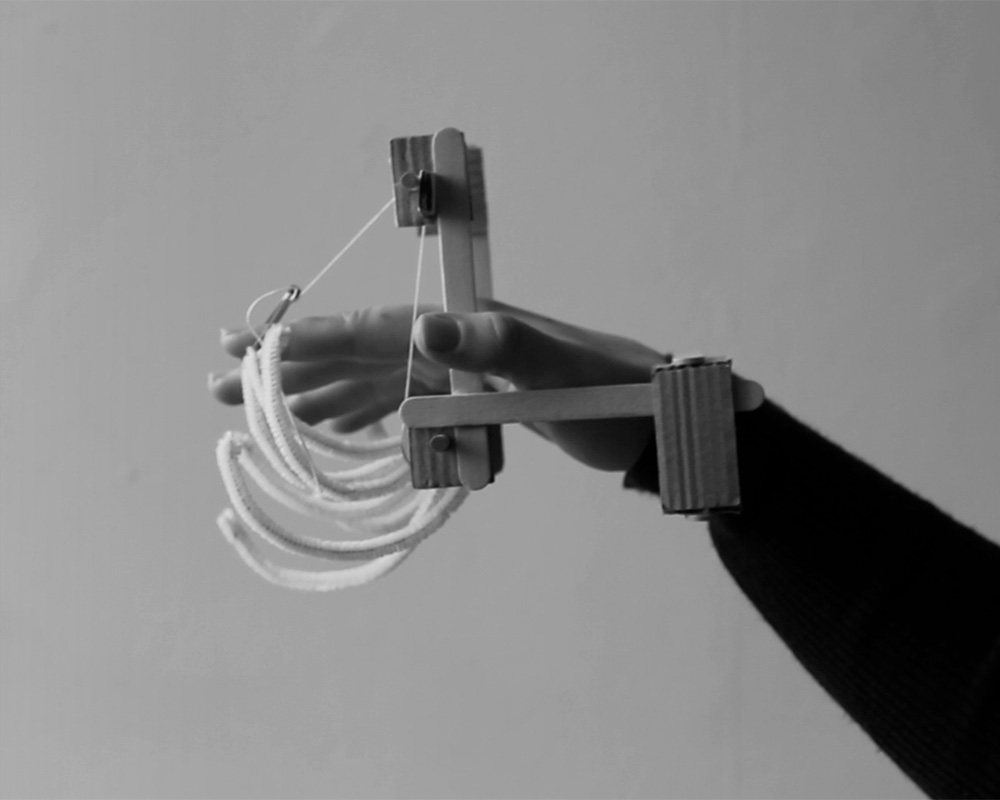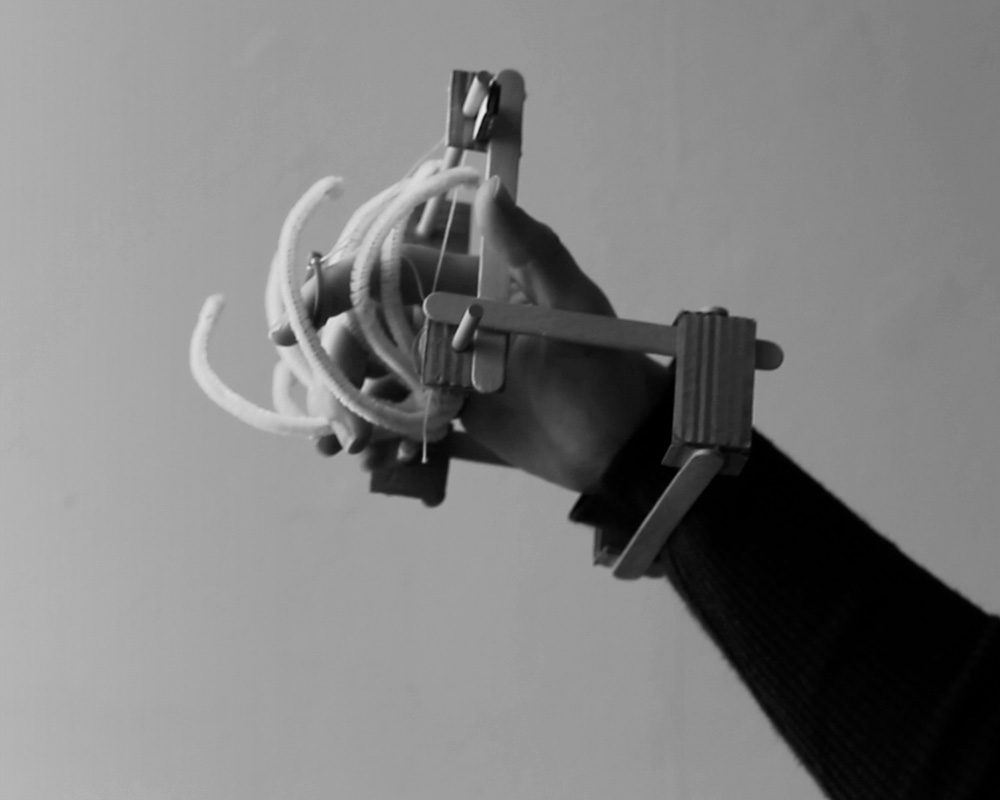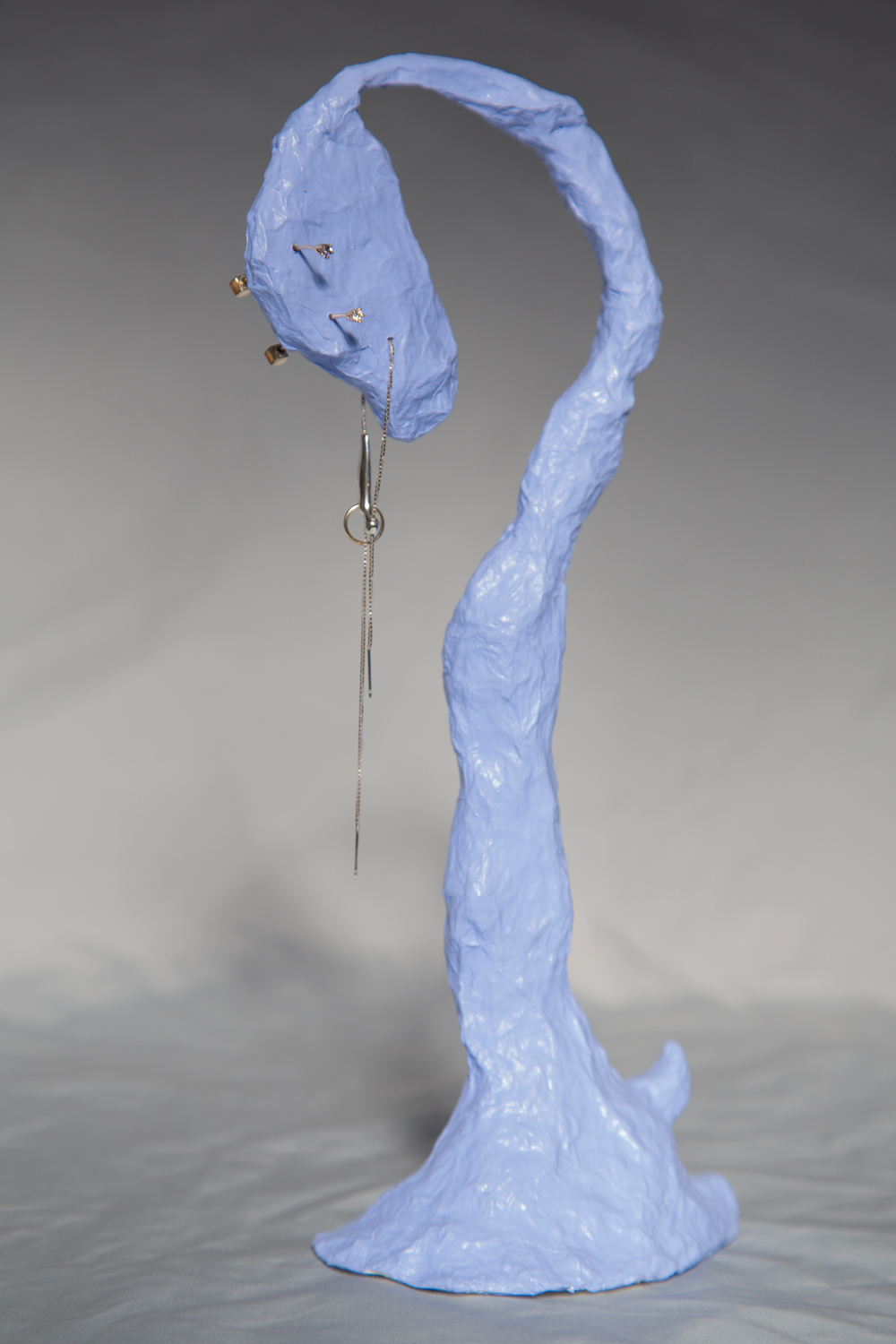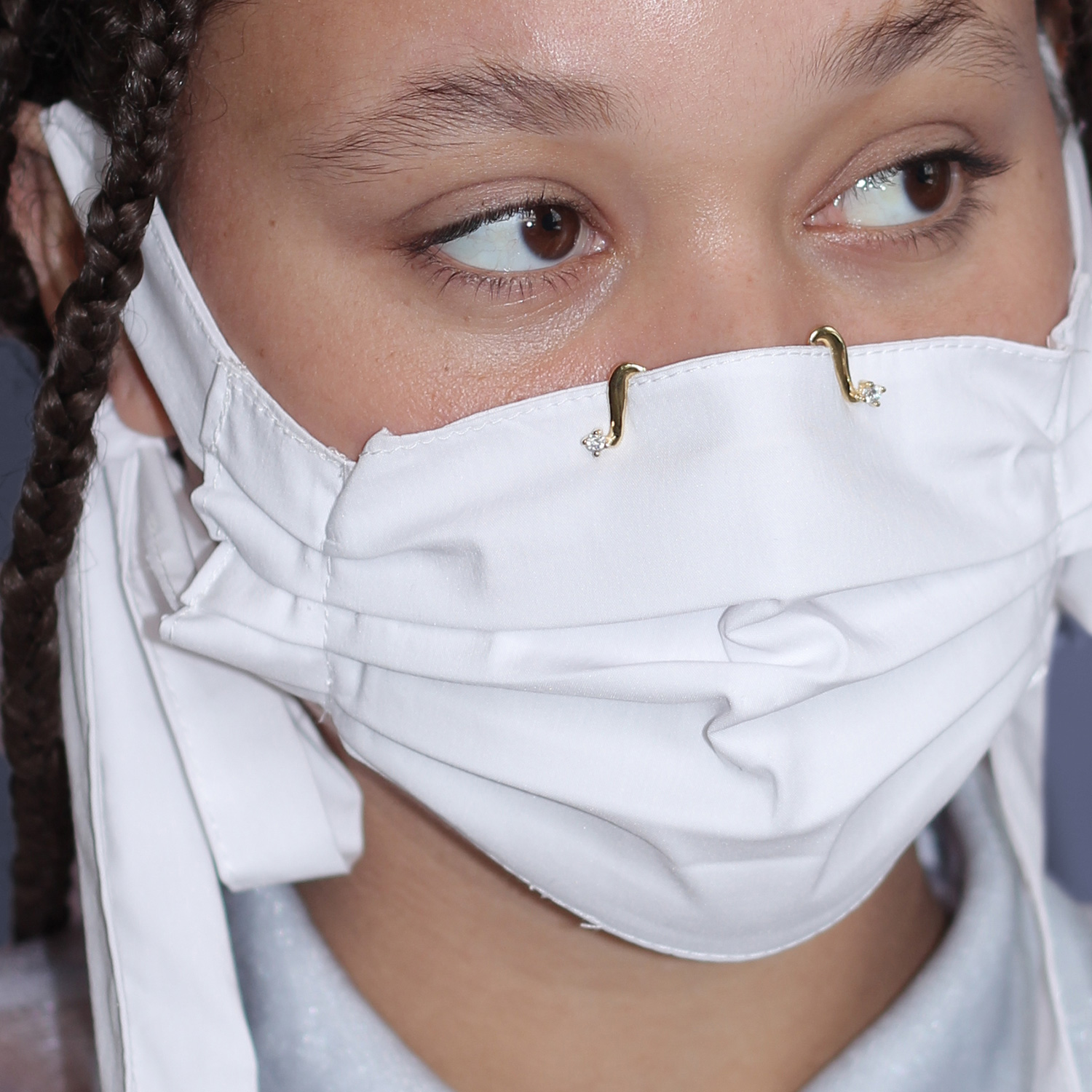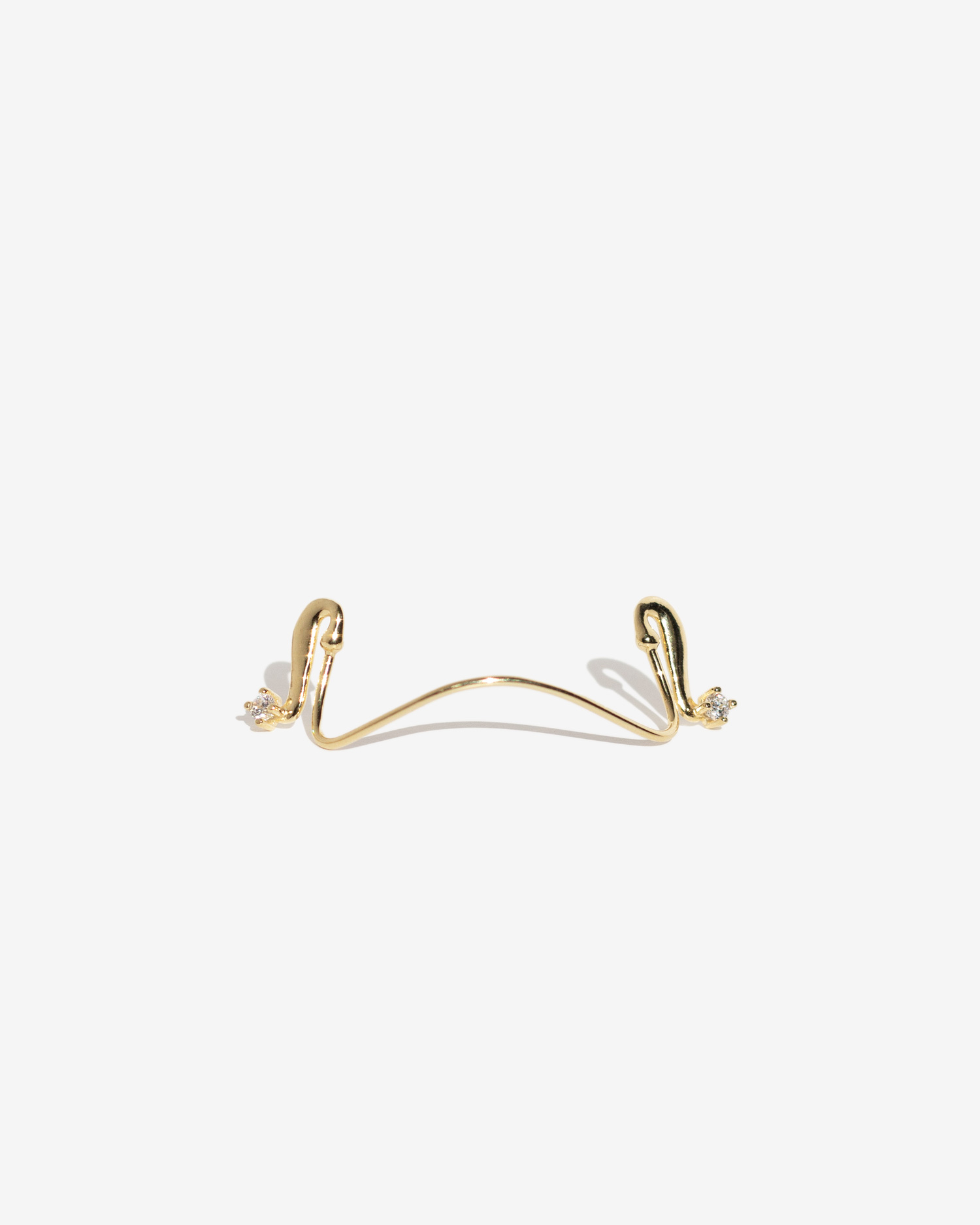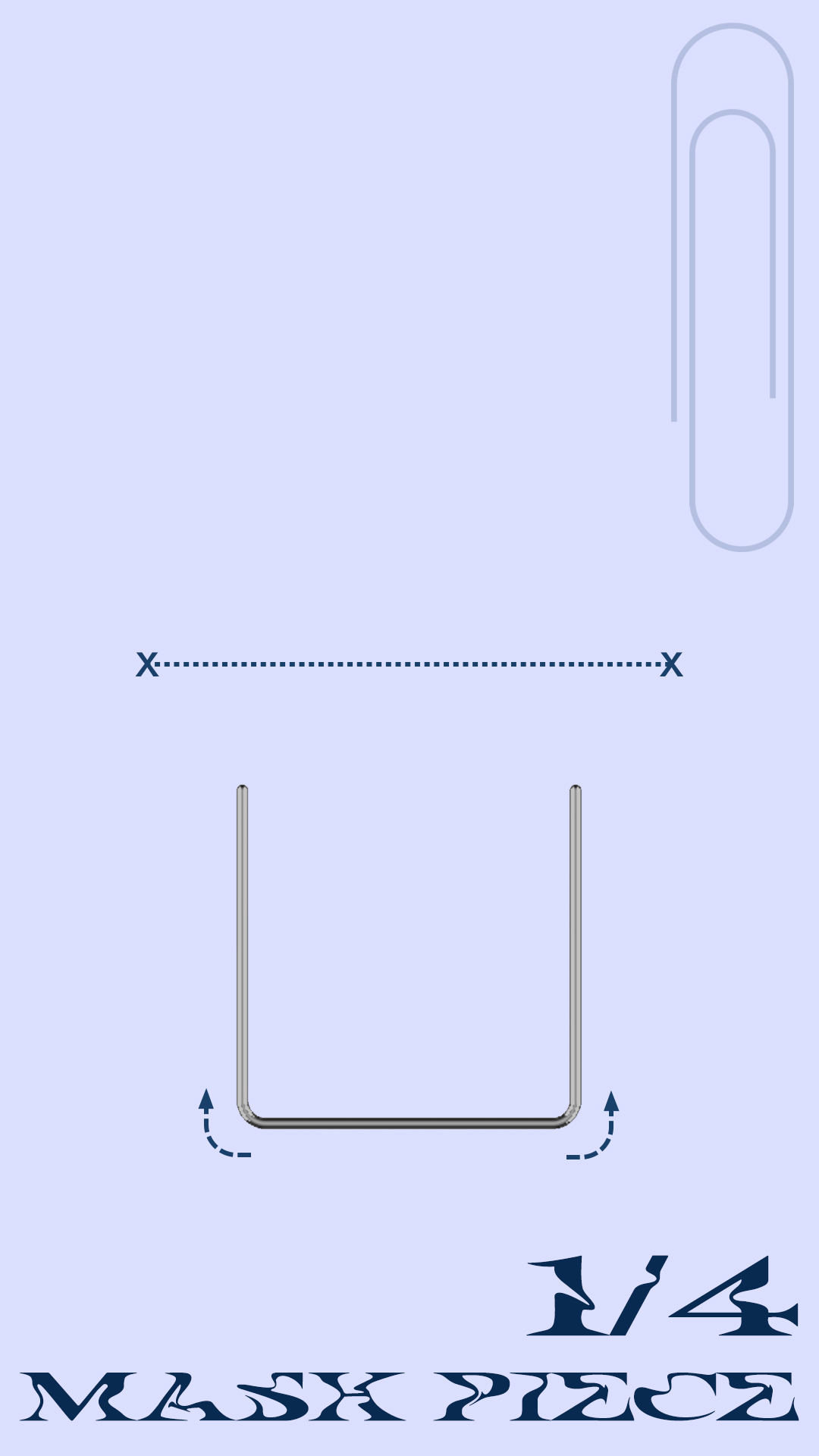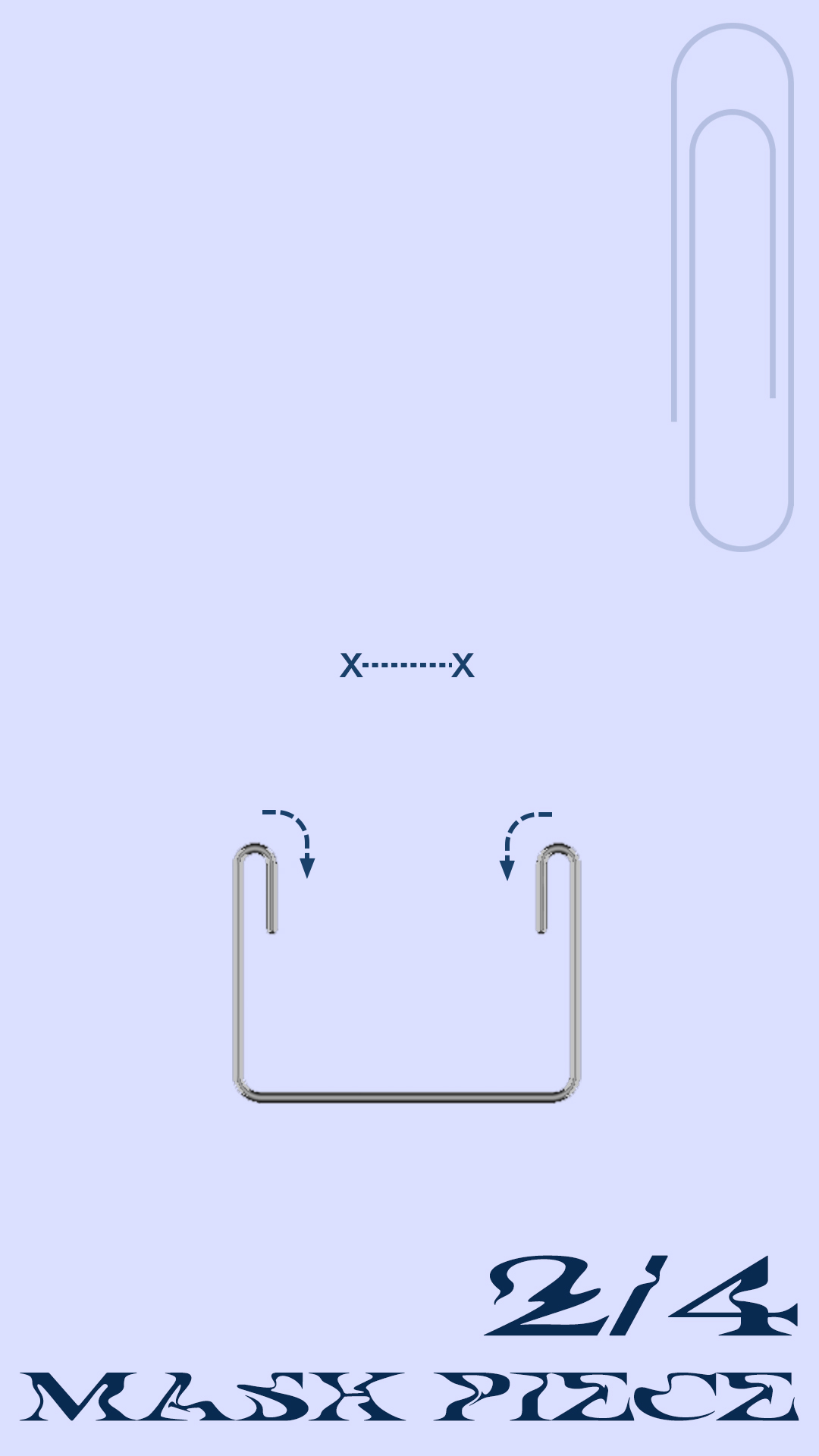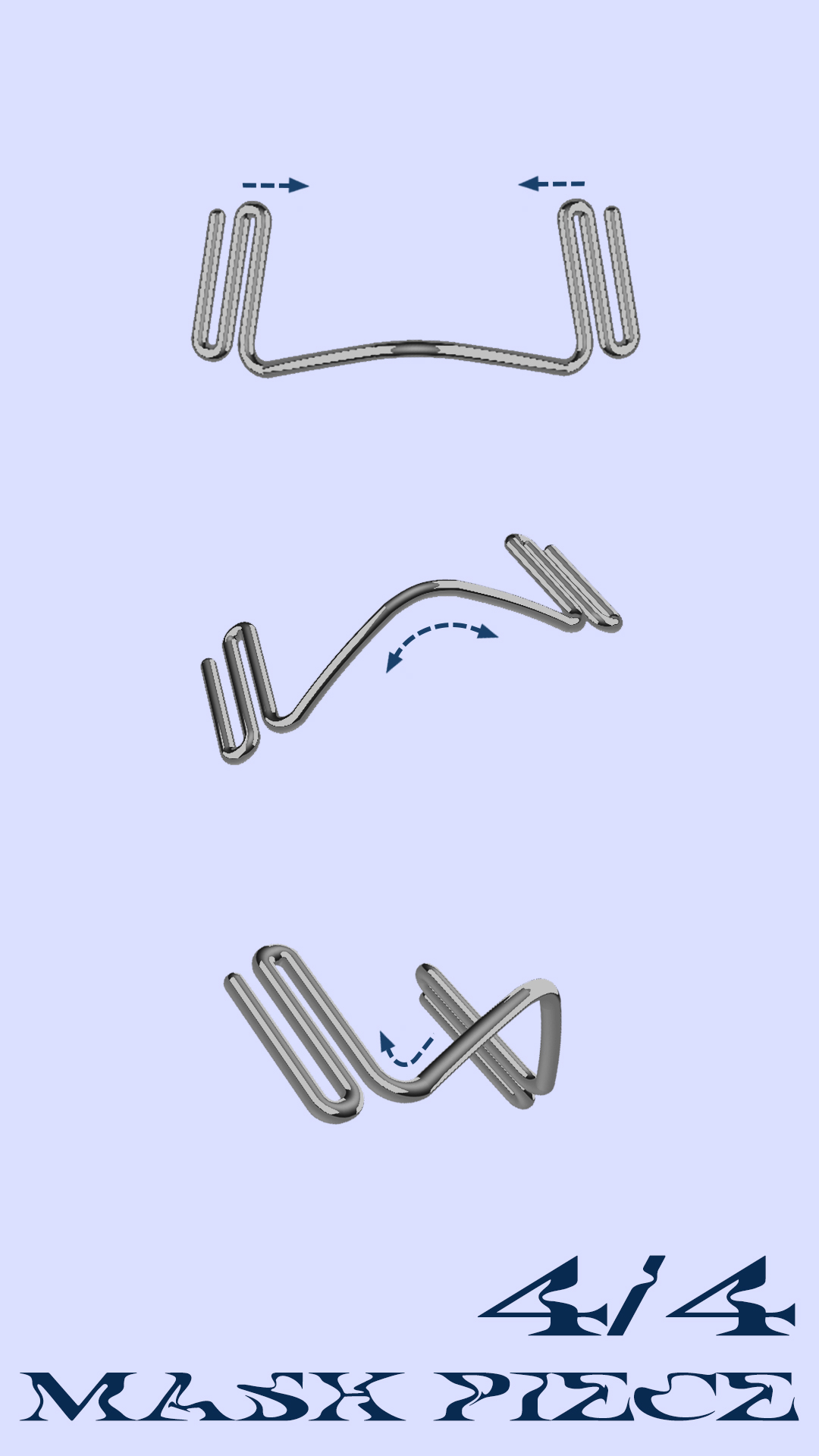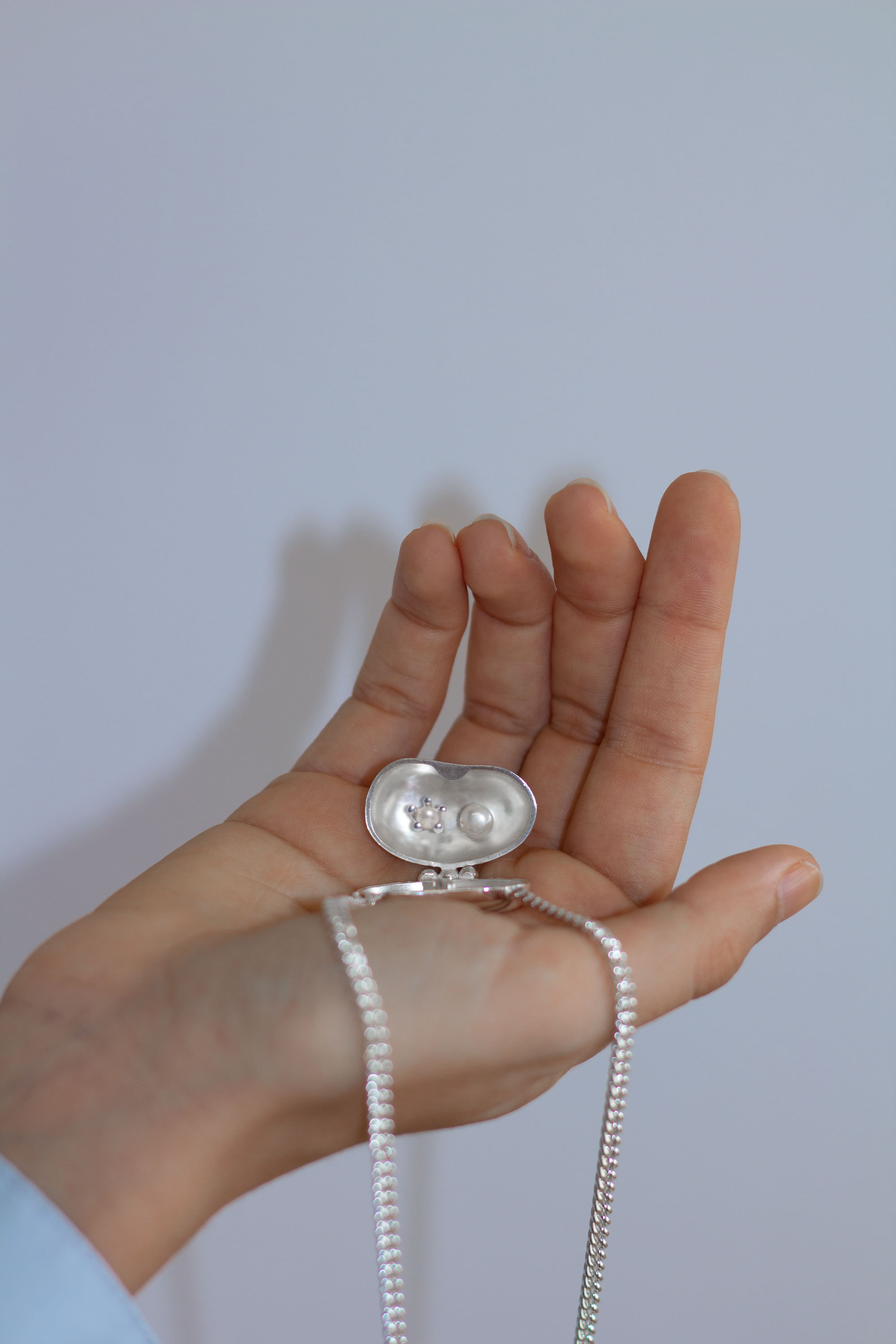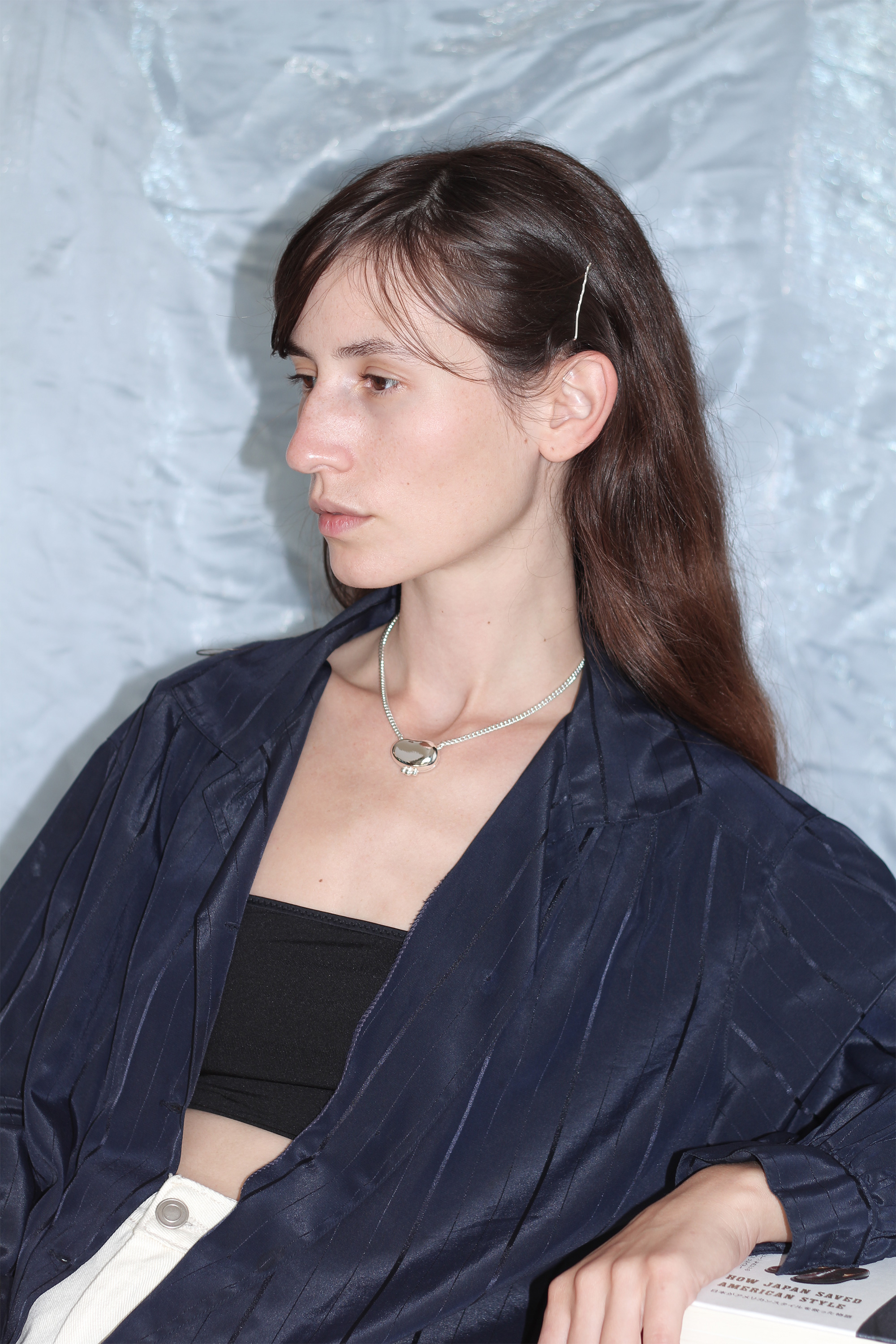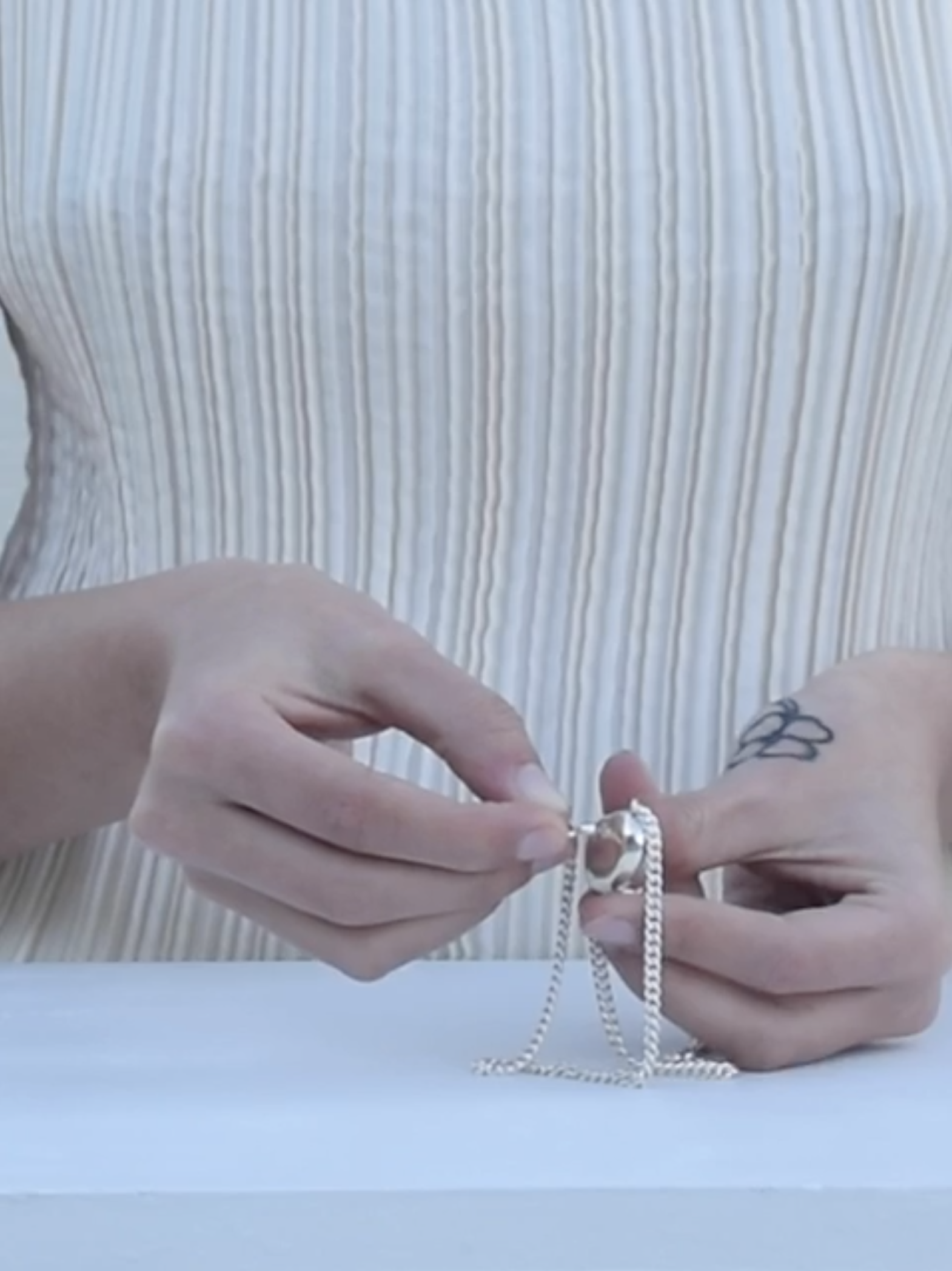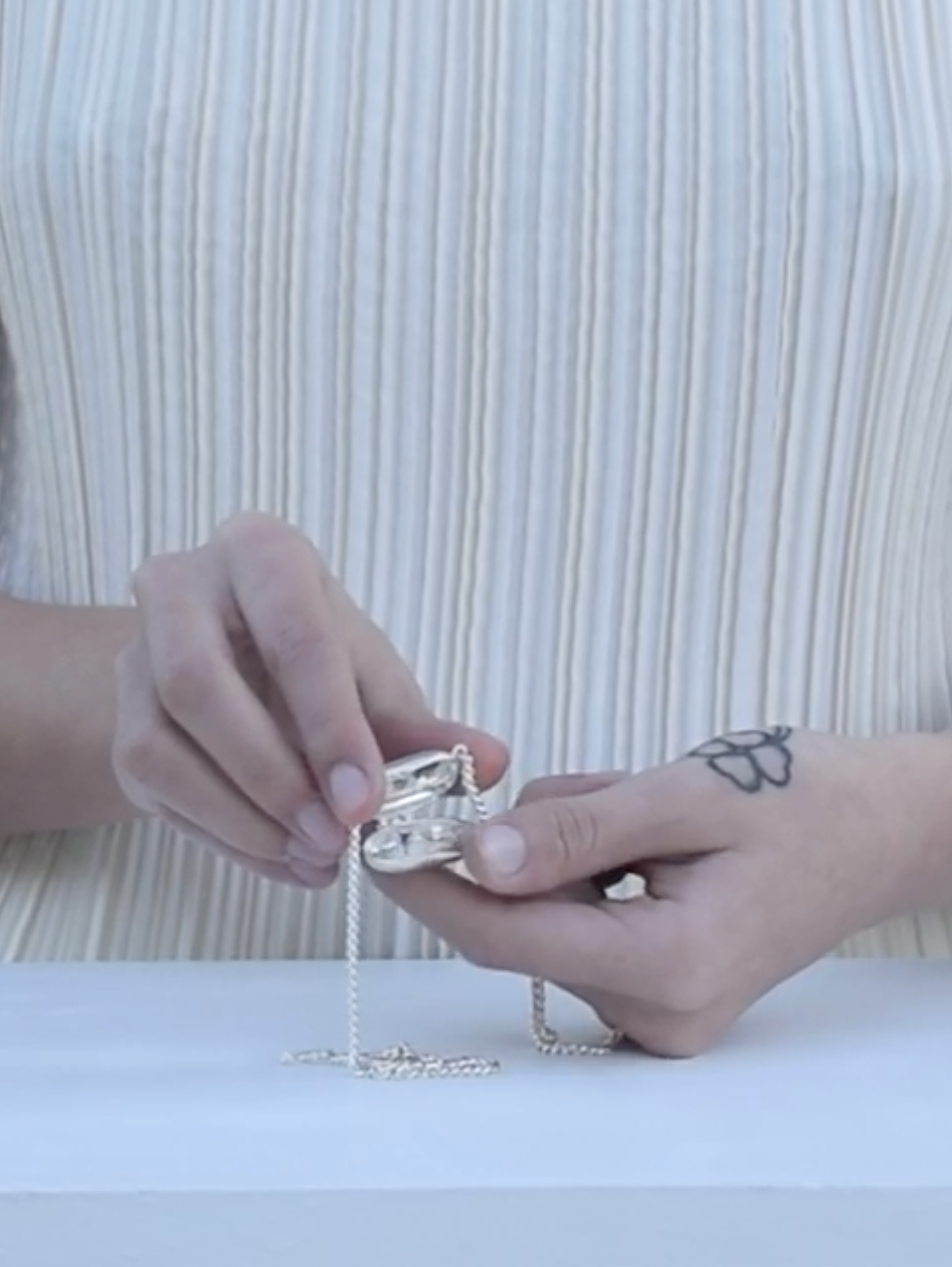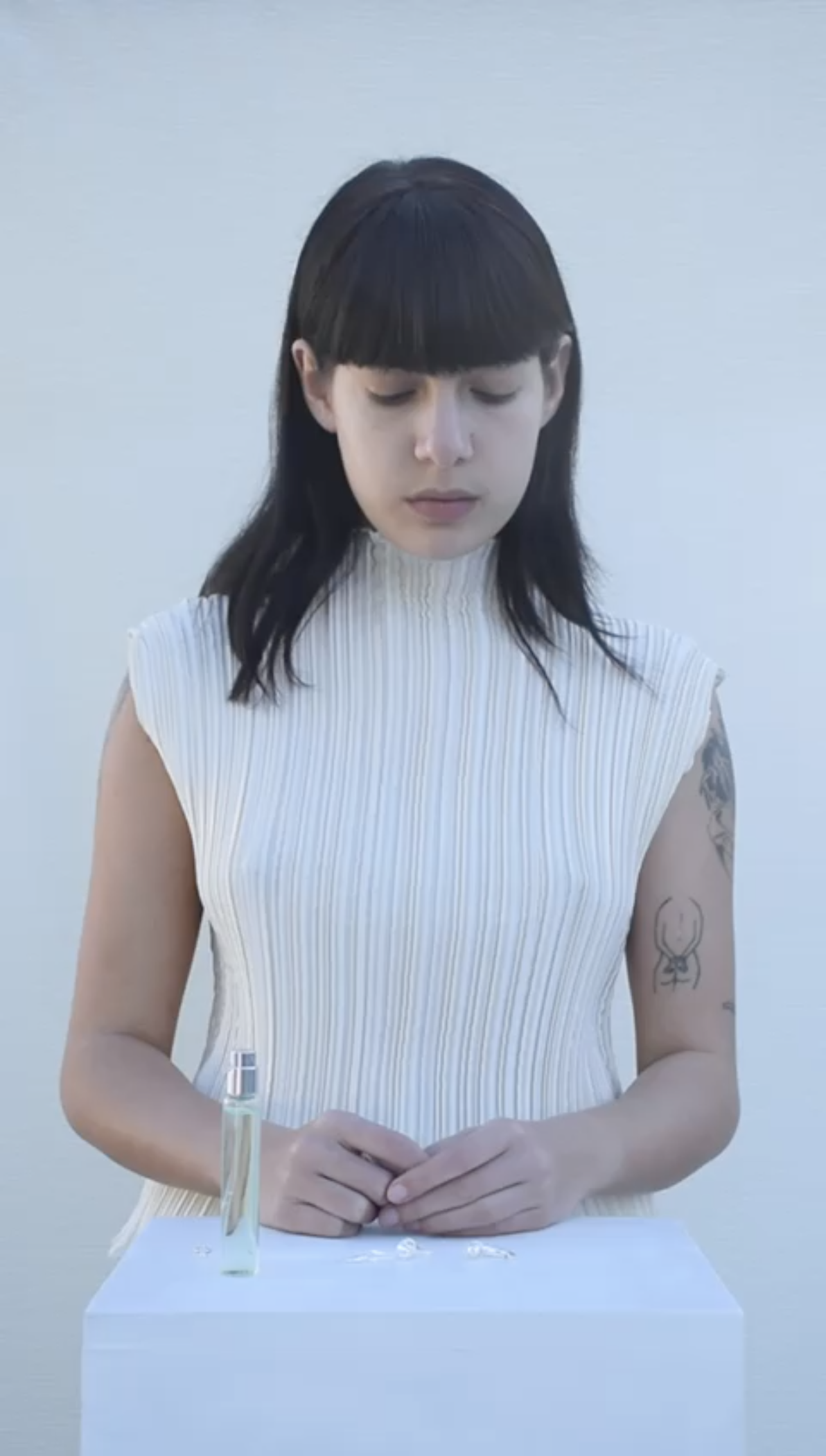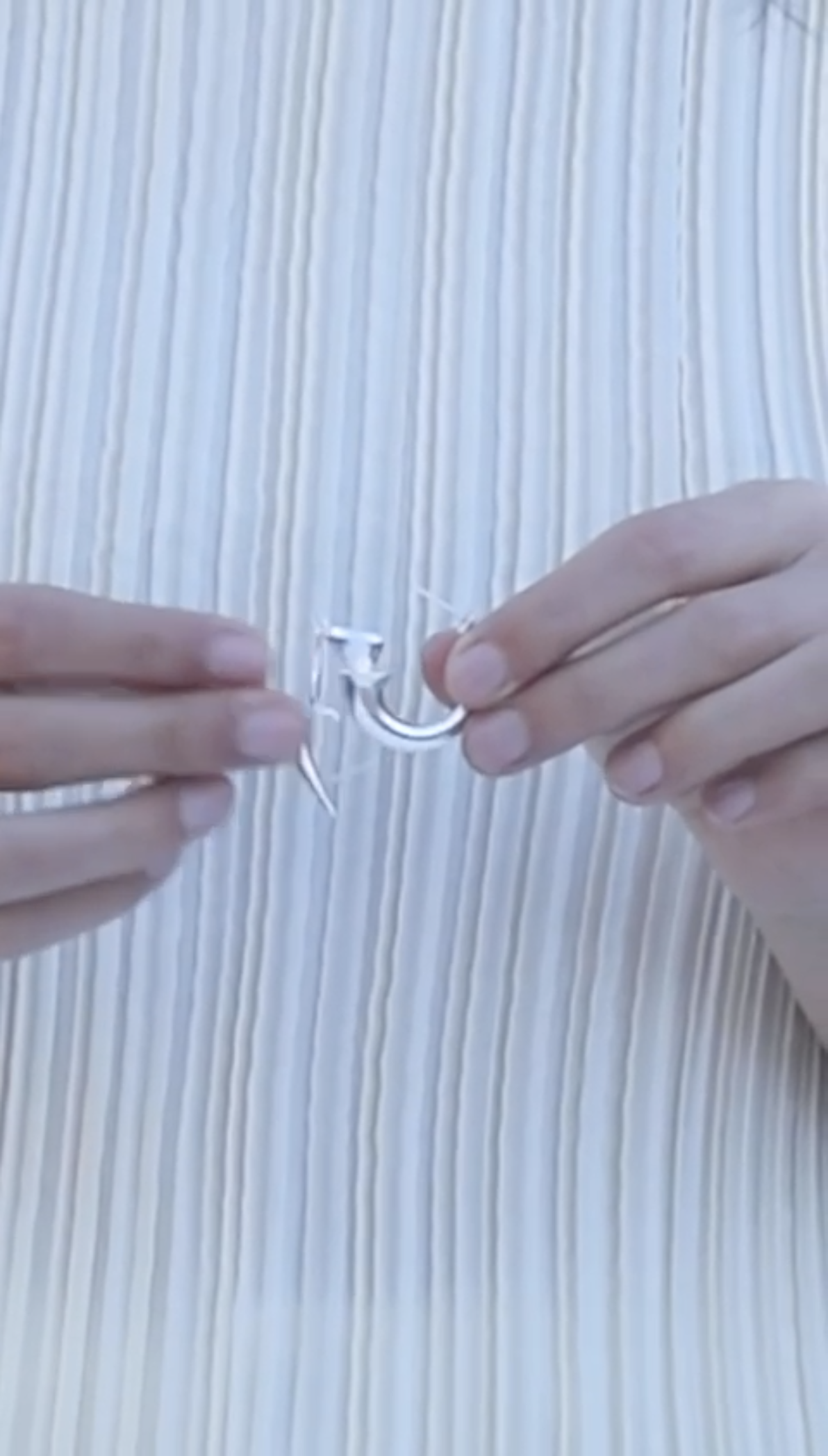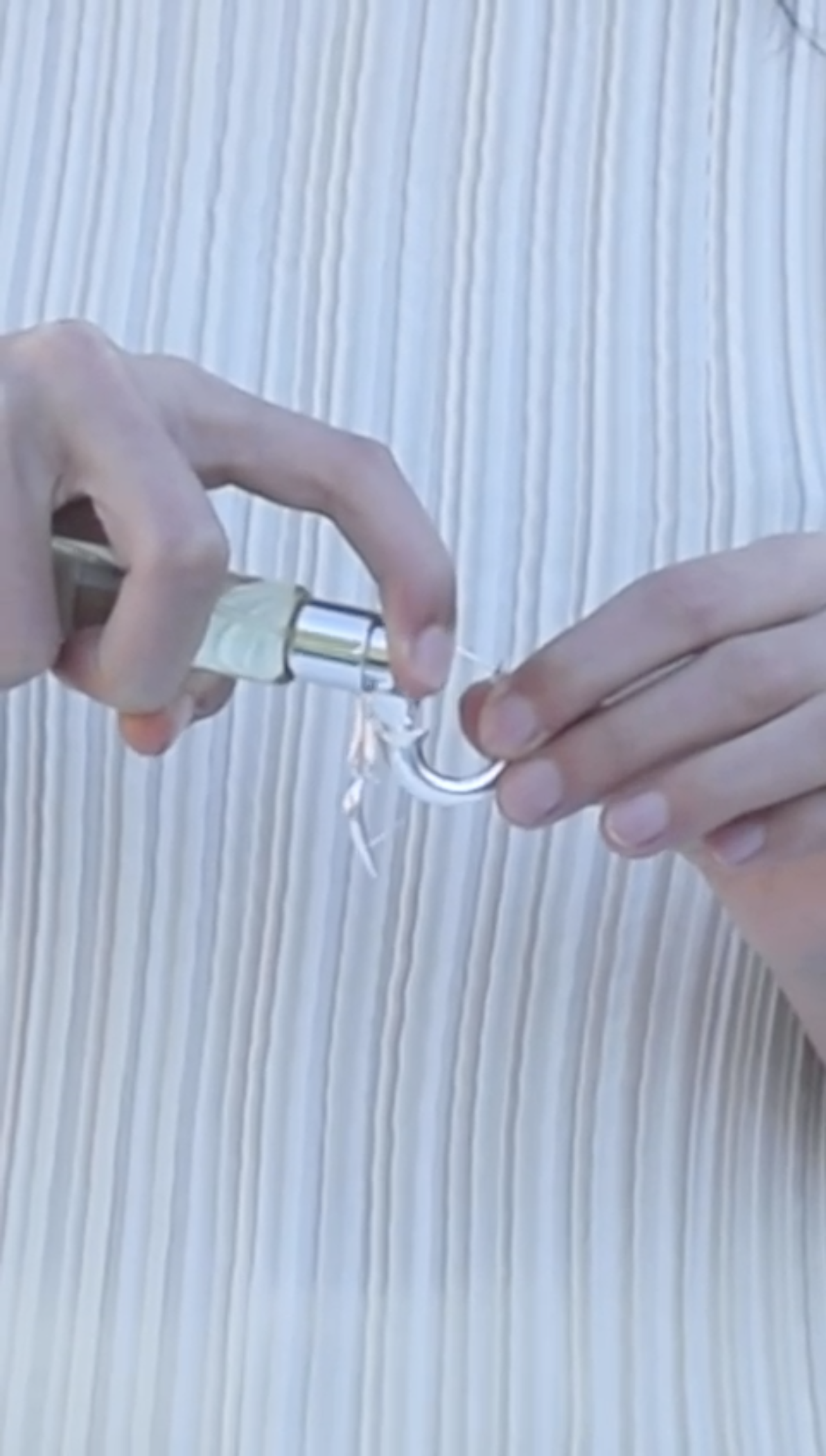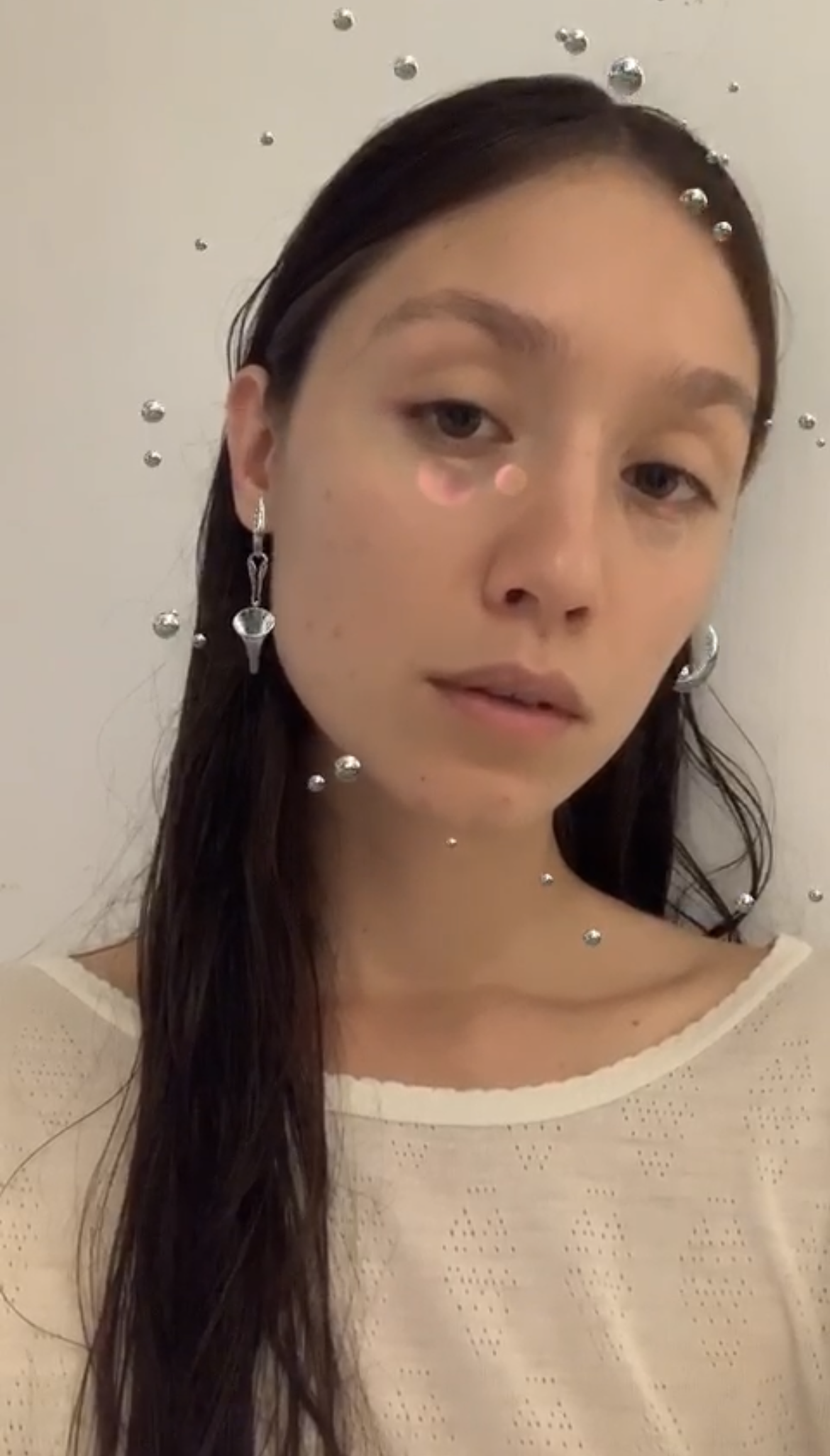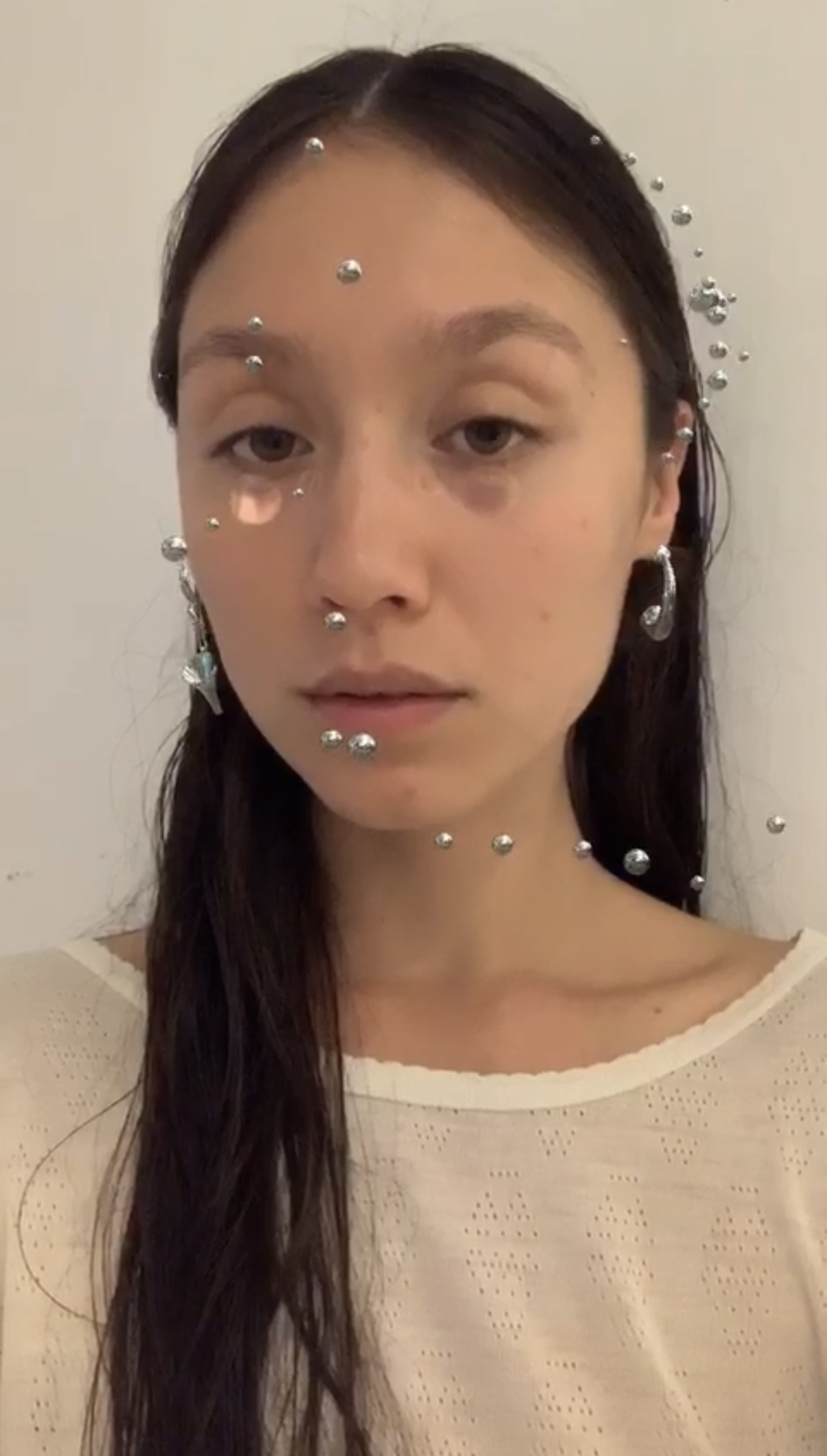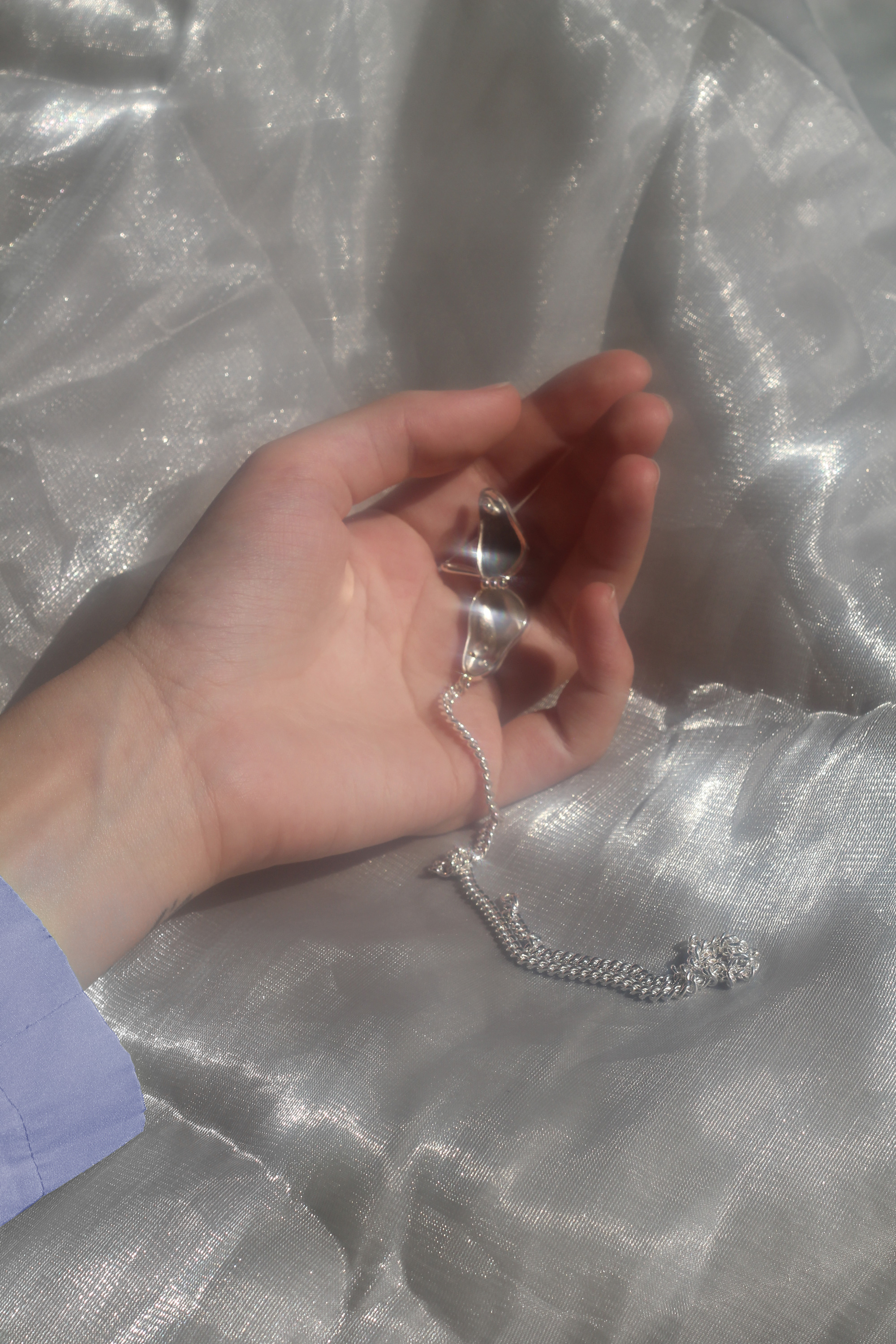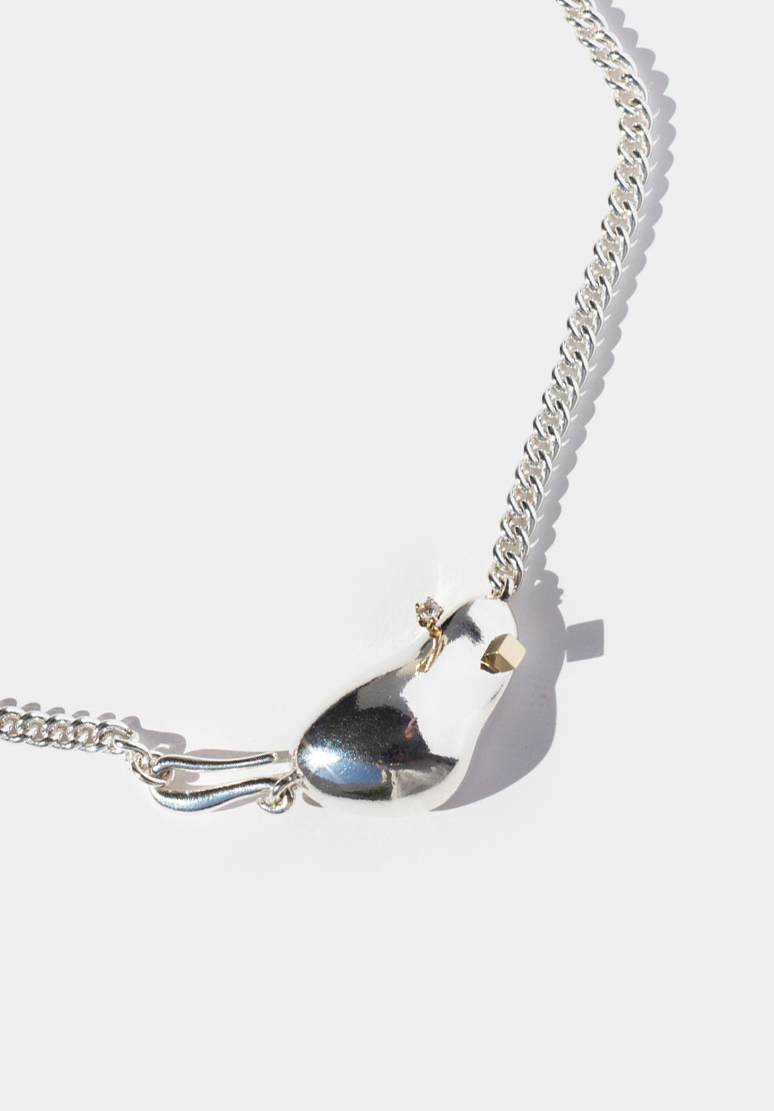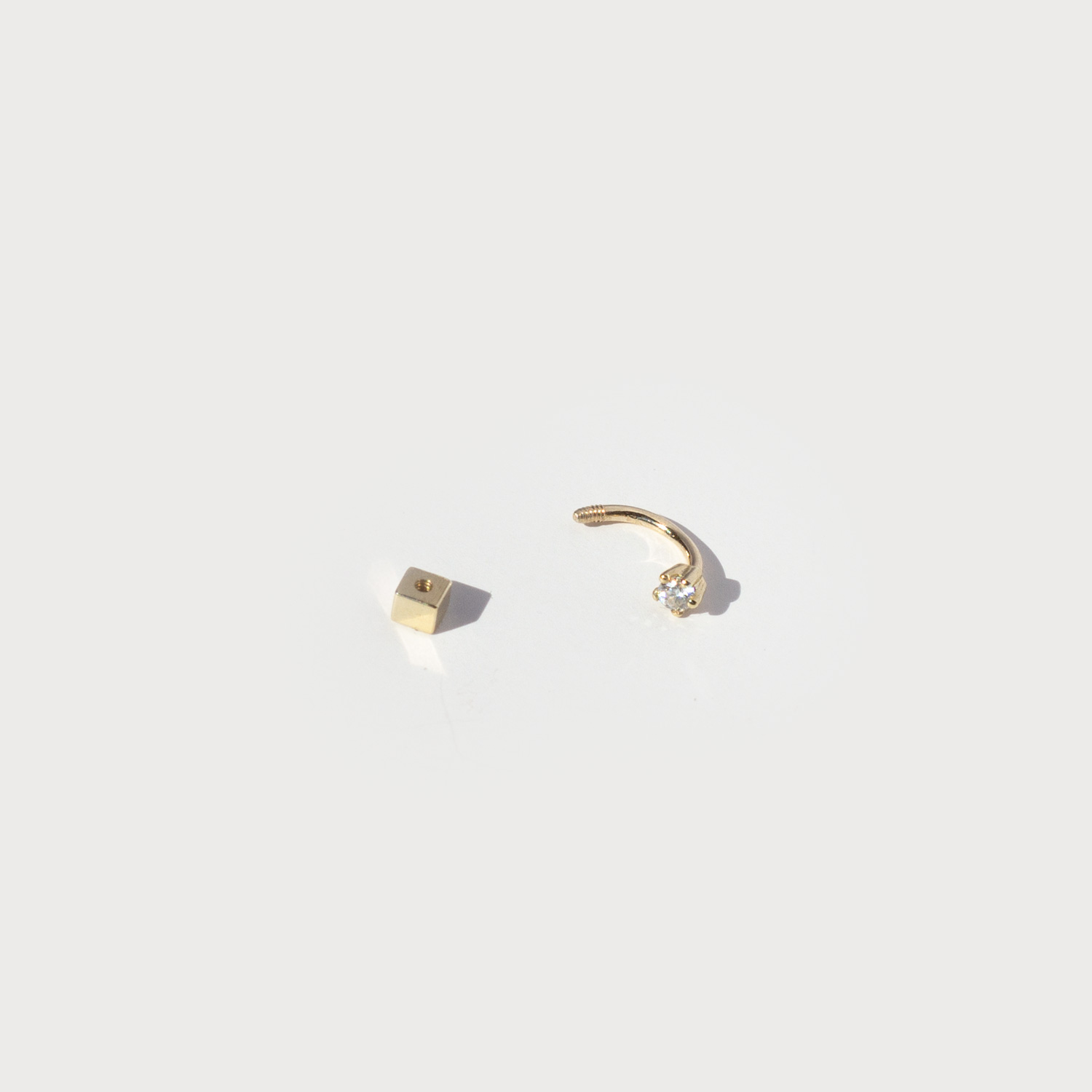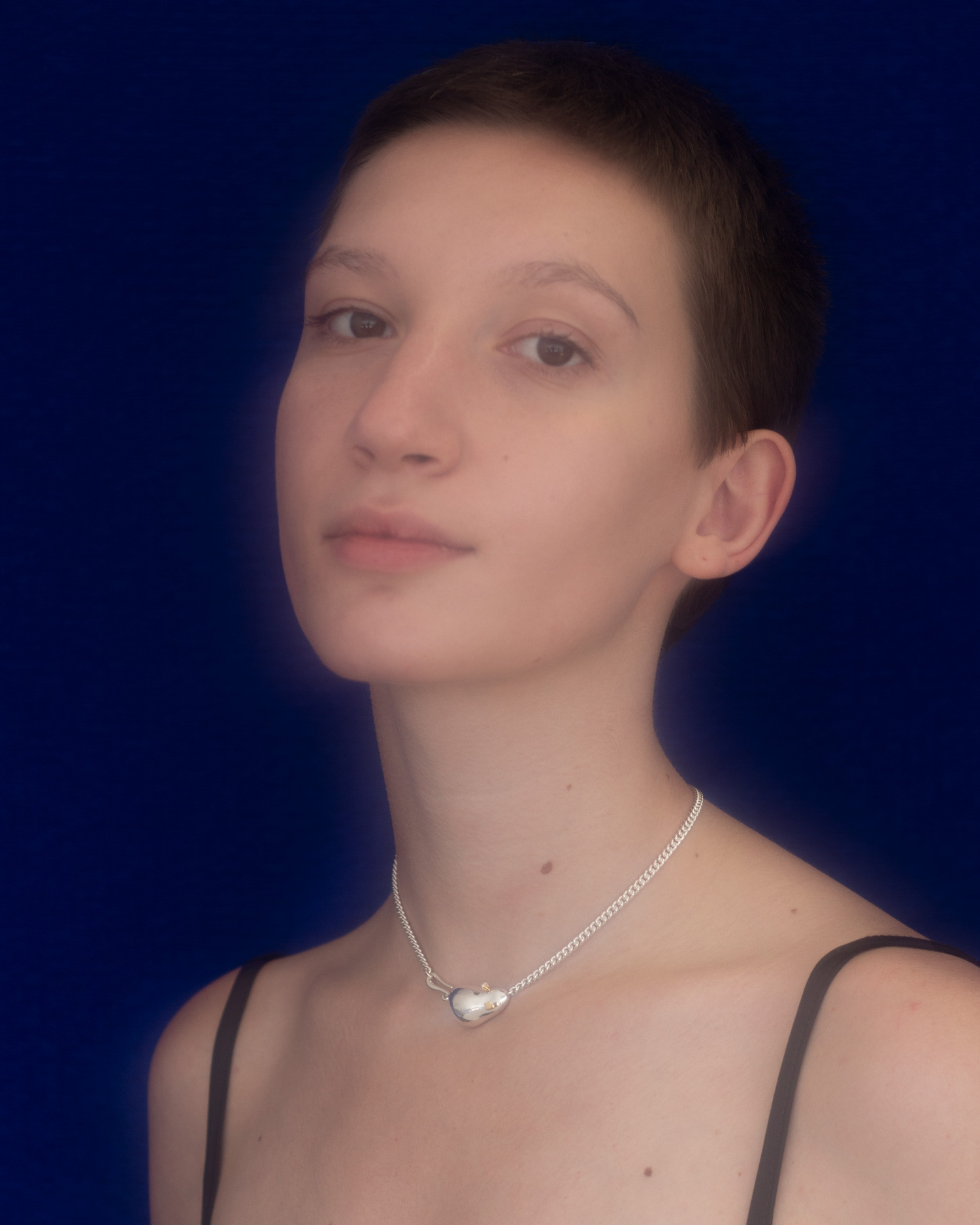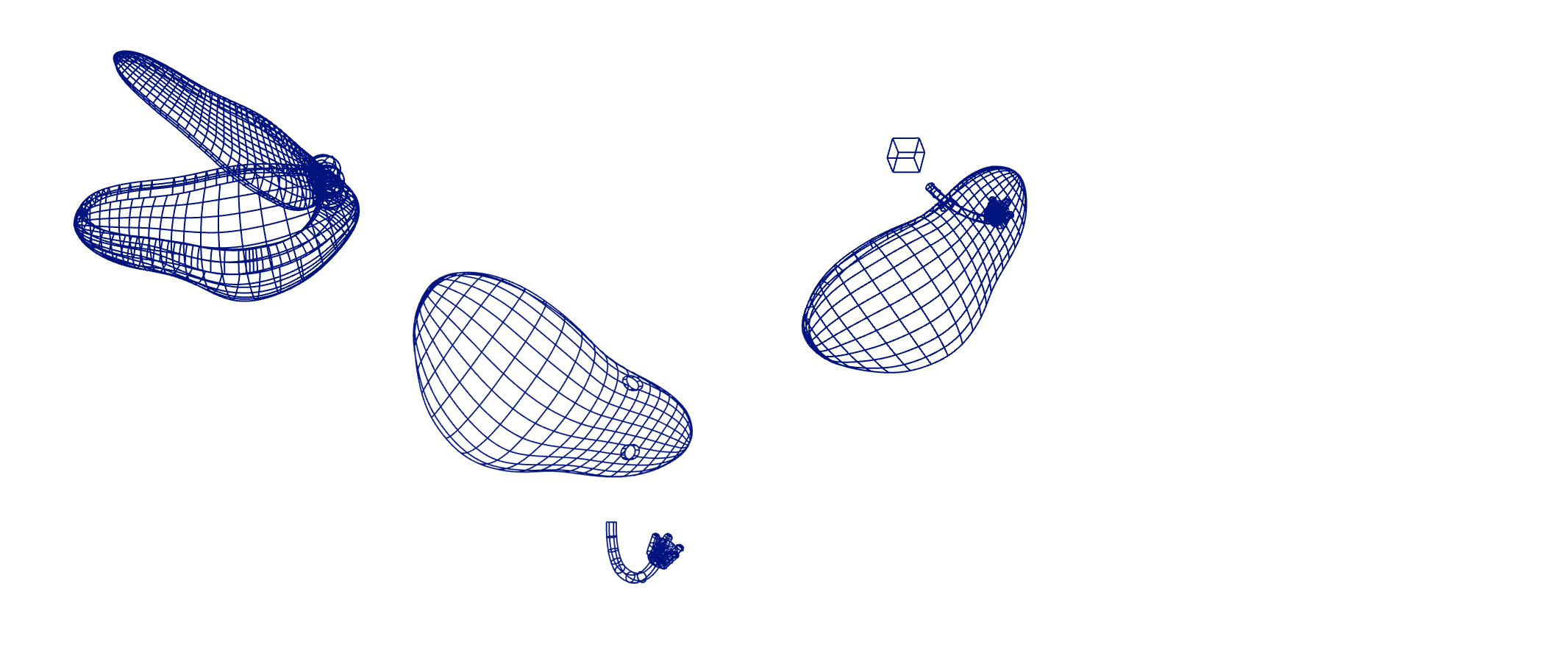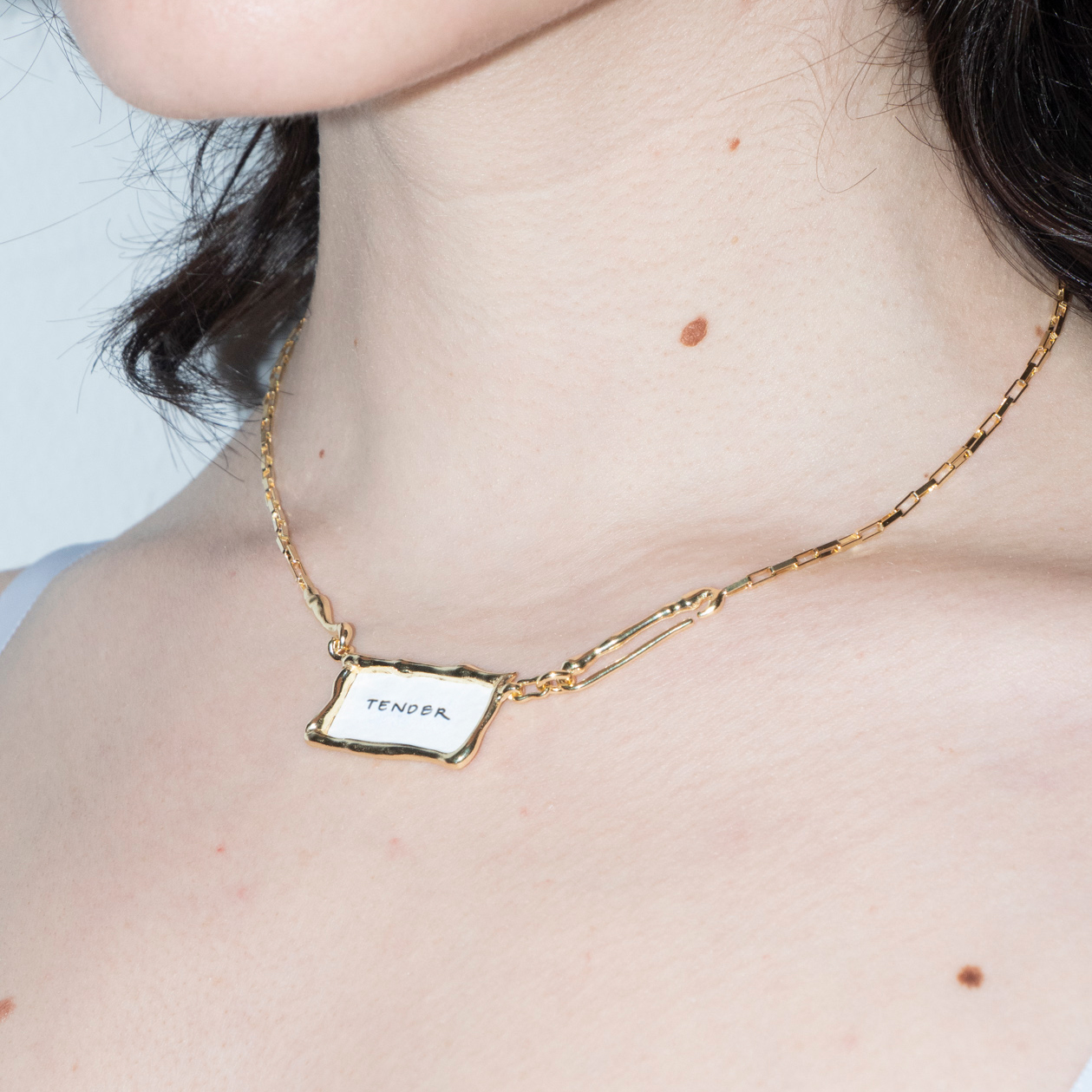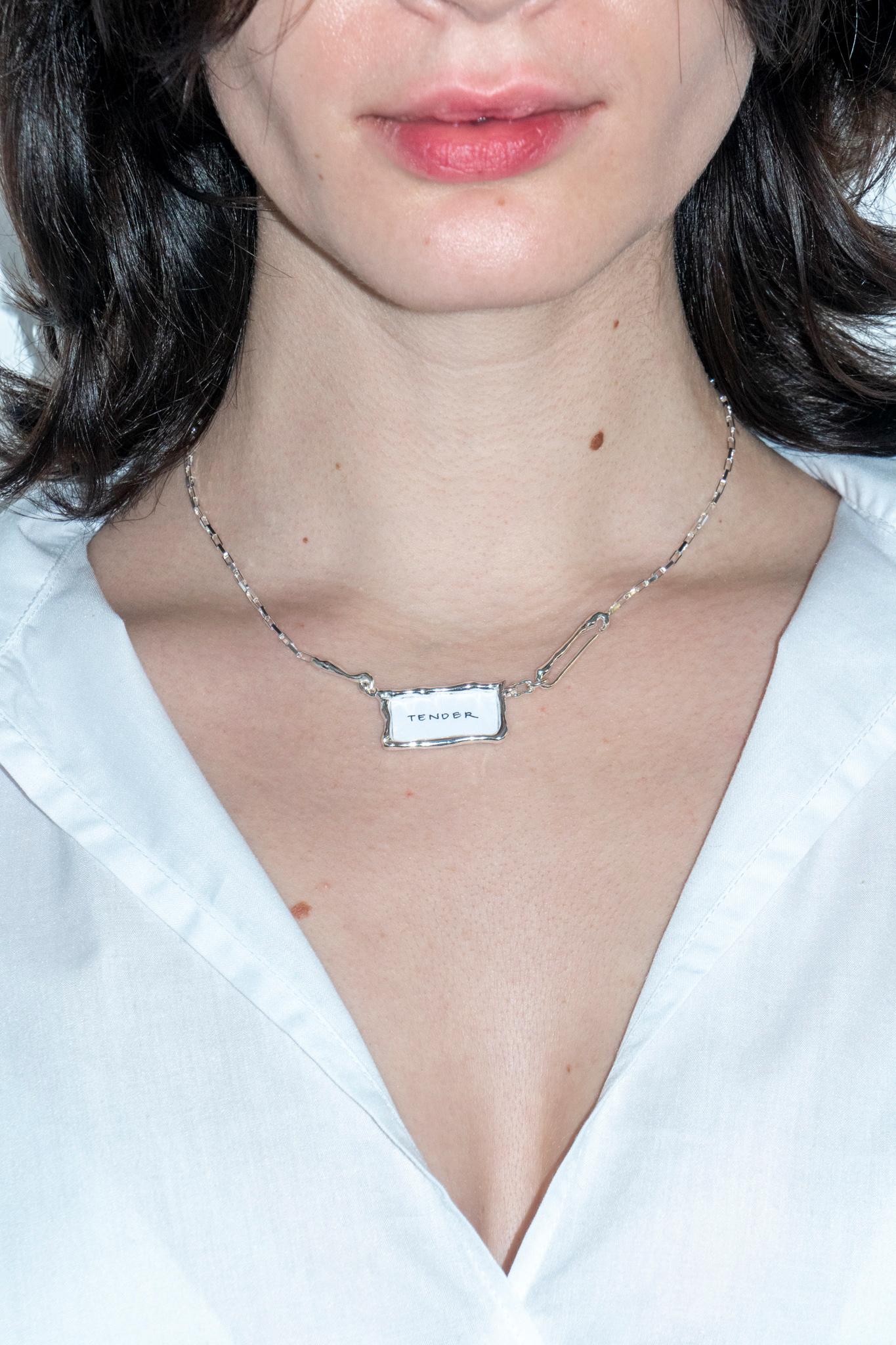
The act of extending our selves with technologies we create has been fundamental in the trajectory of humans. We do not simply use our tools: as we create them, they also create us, modify us, shape us.
I'm interested in the nature of this entanglement we are in with our machines, this relationship: the cyborg condition. This condition, while not new, is certainly accelerating, and I find myself struggling sometimes to still sense a boundary between myself and my machines.
There is no information in the zine that needs to be hidden from the machines (in any interpretation of the idea). Why, then, so many layers of removal? A font they can't read, a text that devolves towards almost body horror, a printed object that cannot become training data, a tactility they cannot register? I came to realize this project isn't so much about shutting the machines out as about trying to find a sense of allyship with the other humans.
[Update 13/05/2024: as of version 4o, released on this date, ChatGPT is able to accurately extract text set in Adversarial Mono from an image.]
